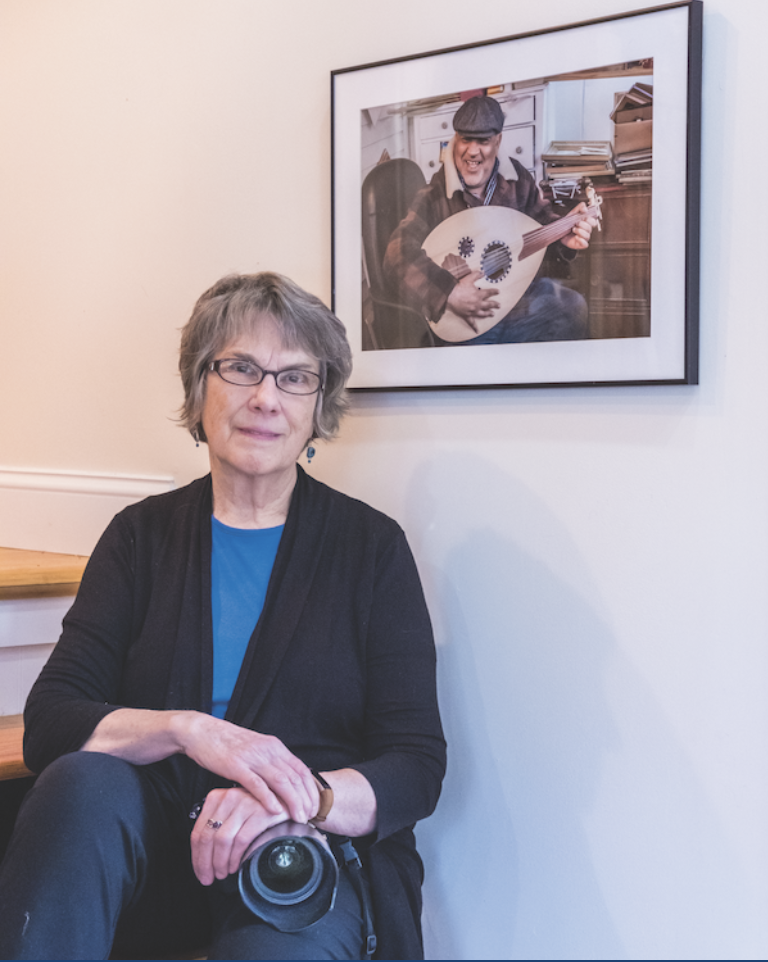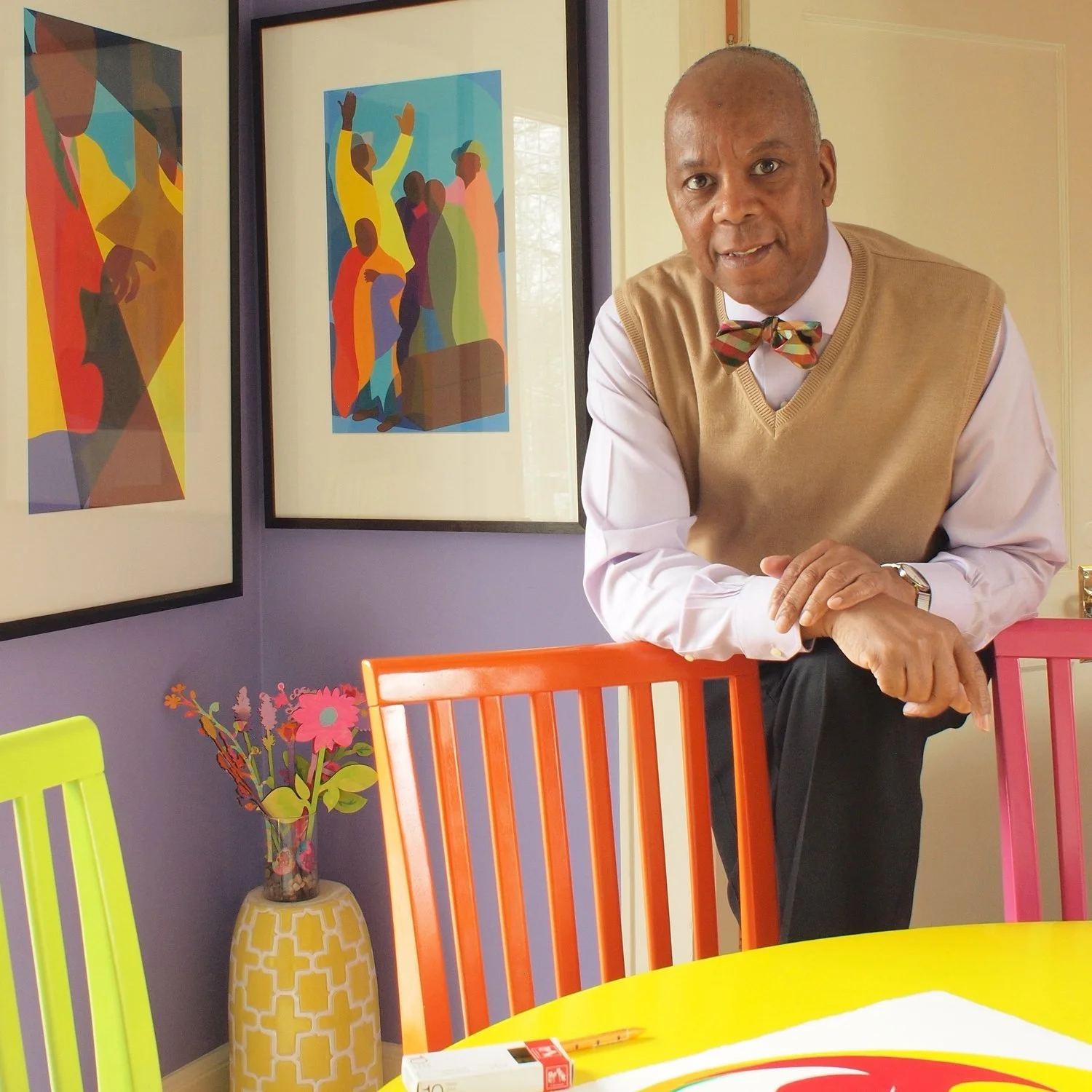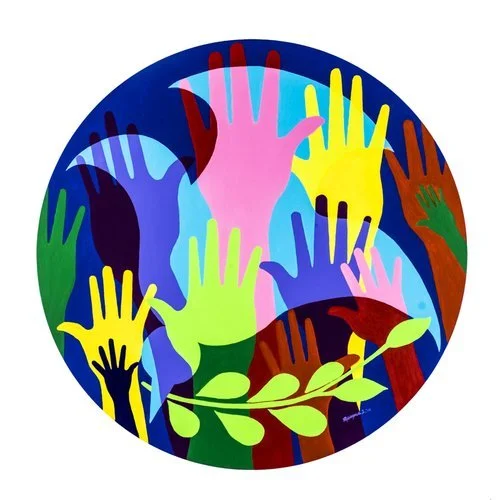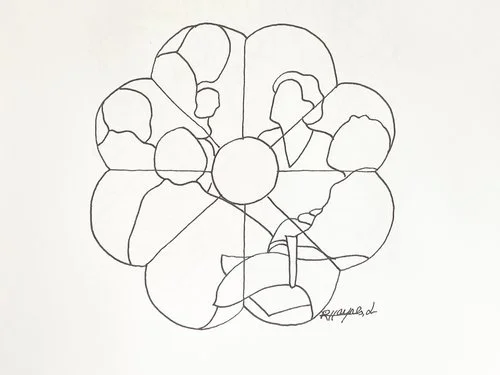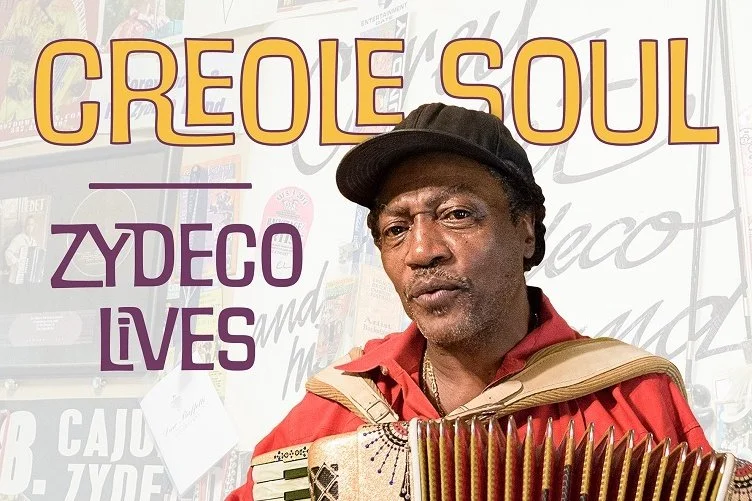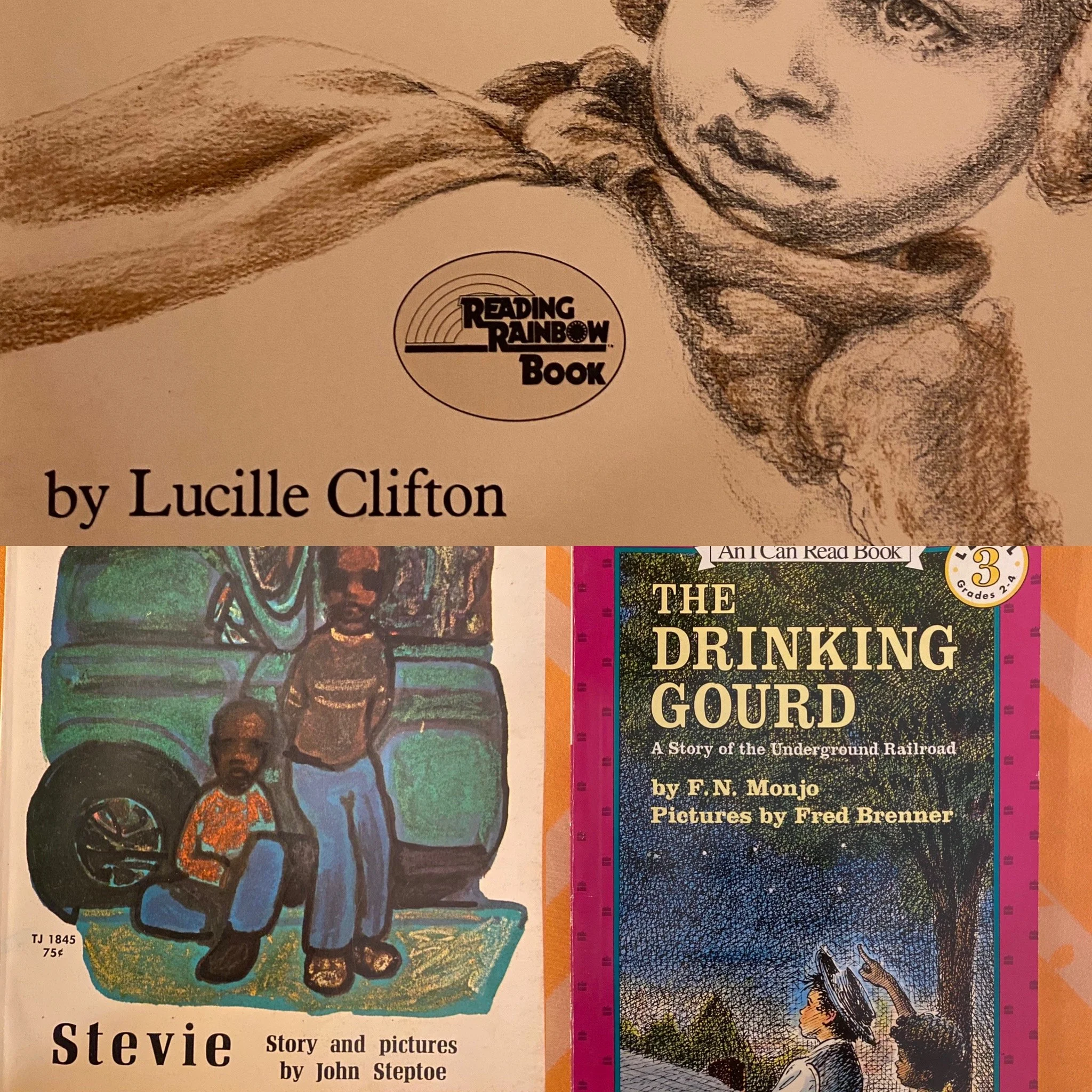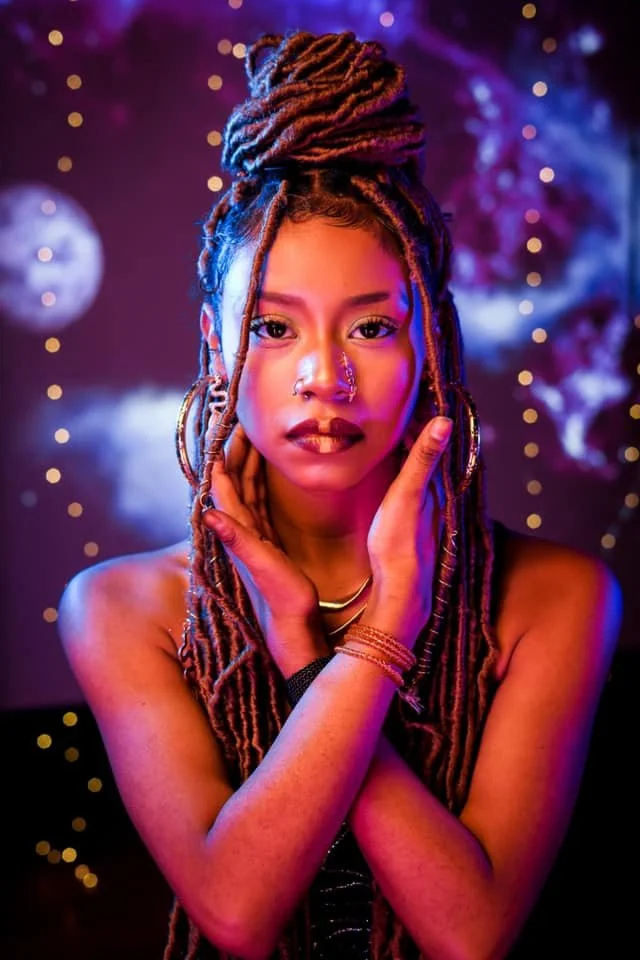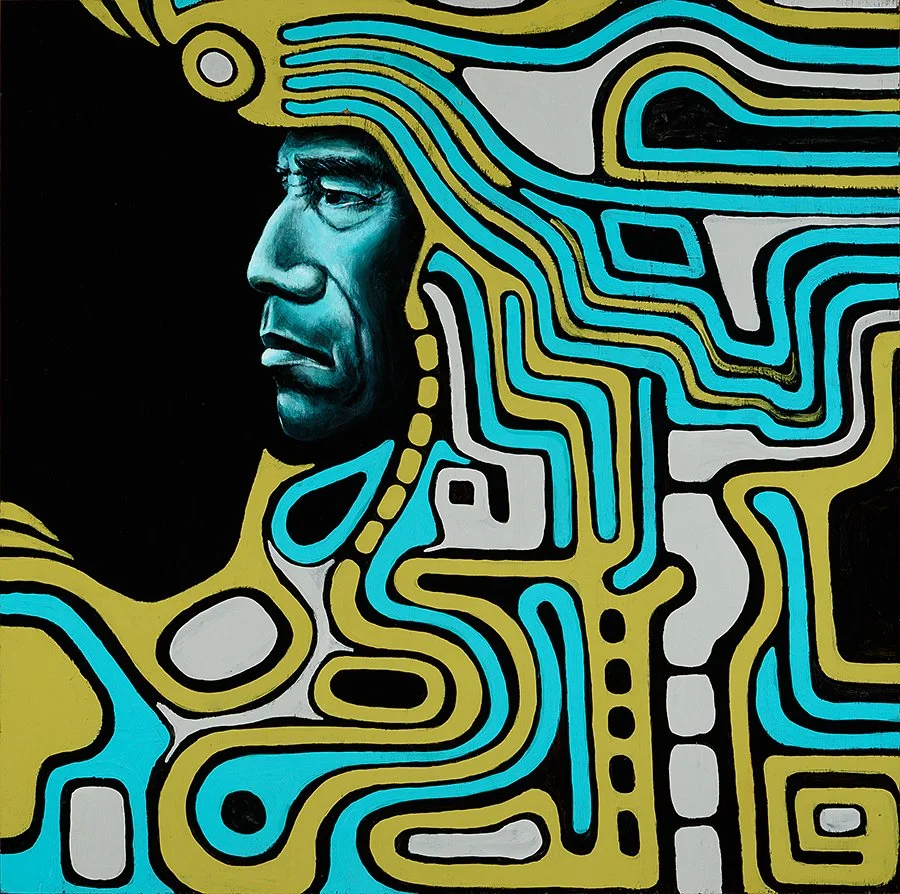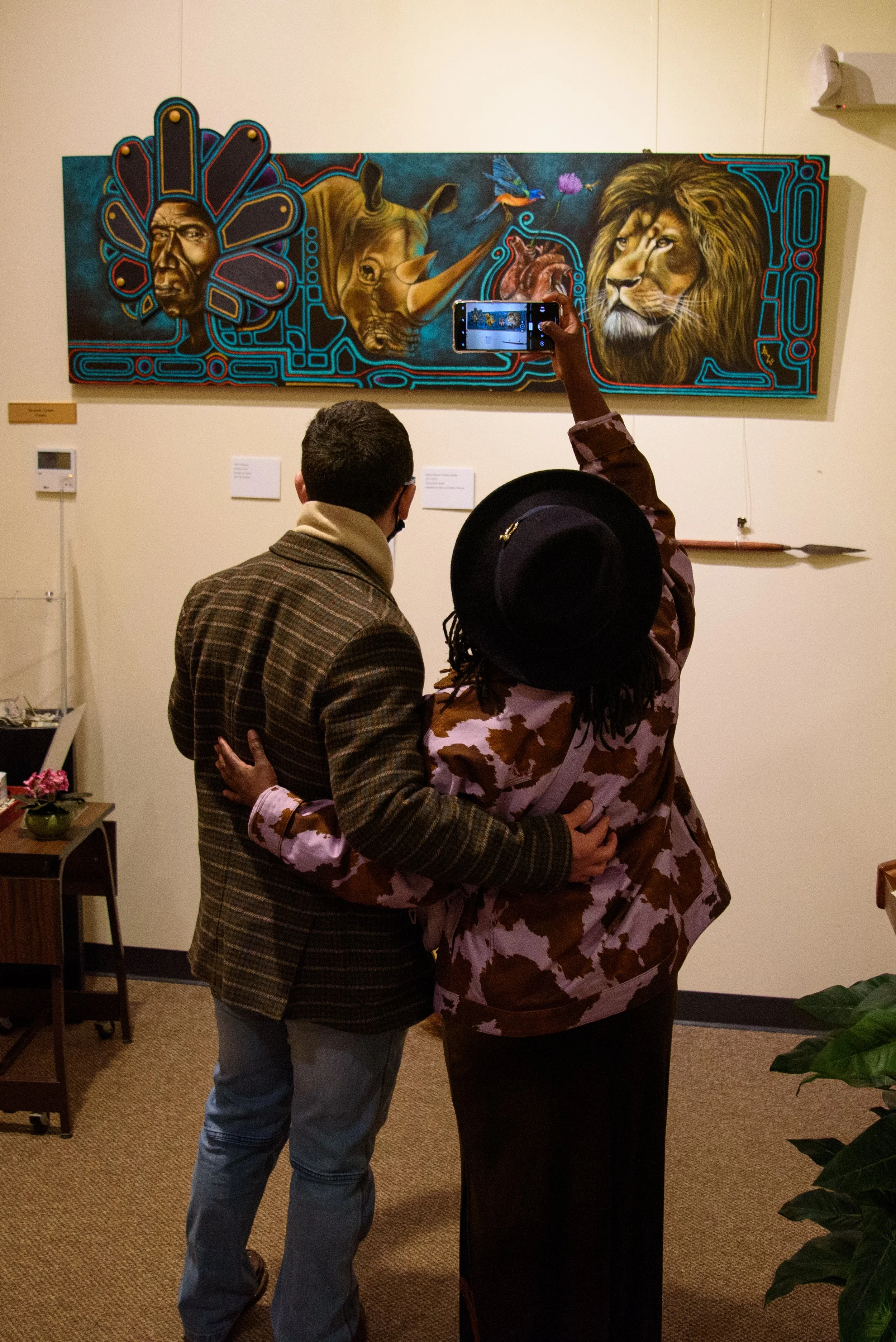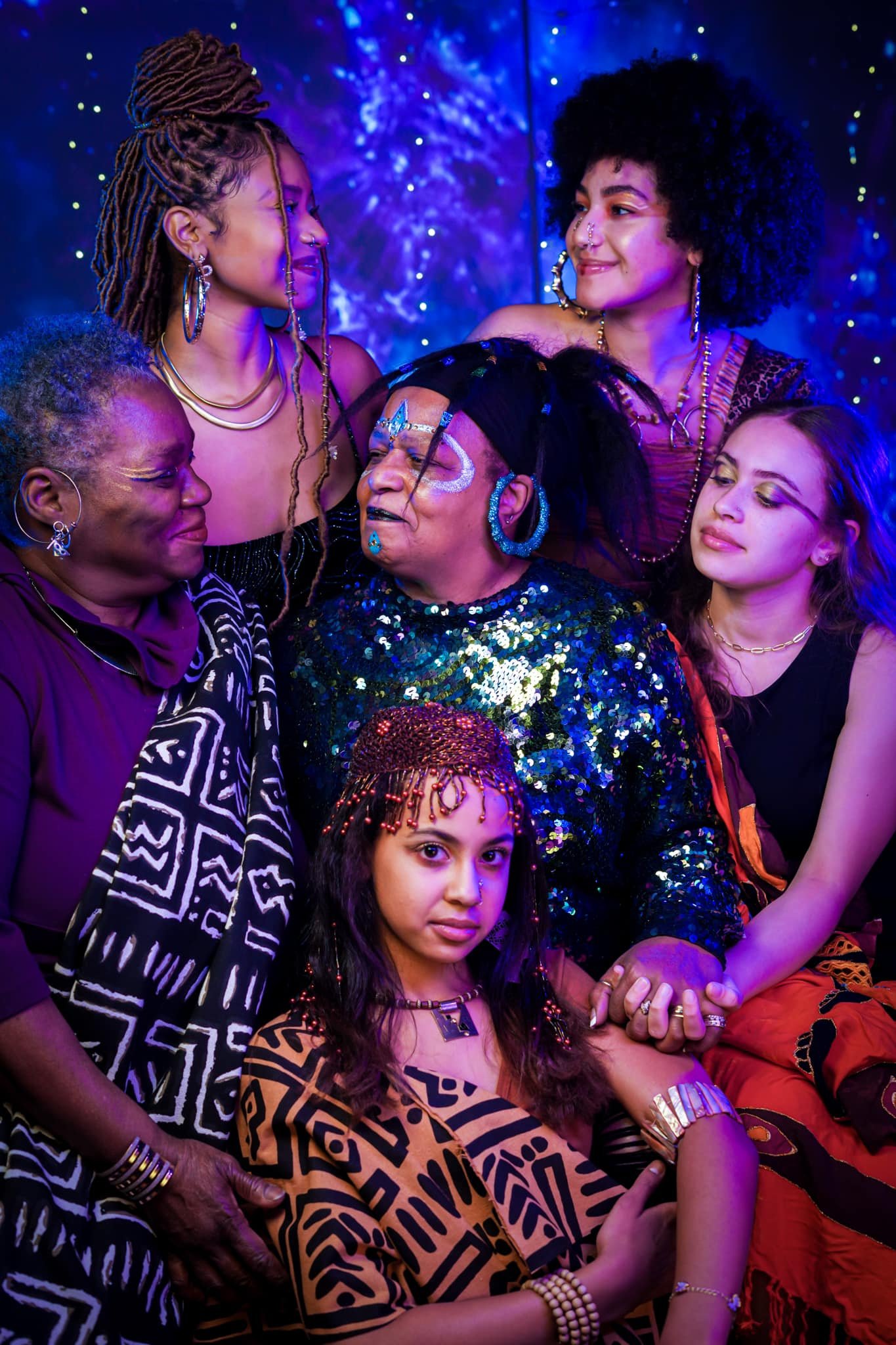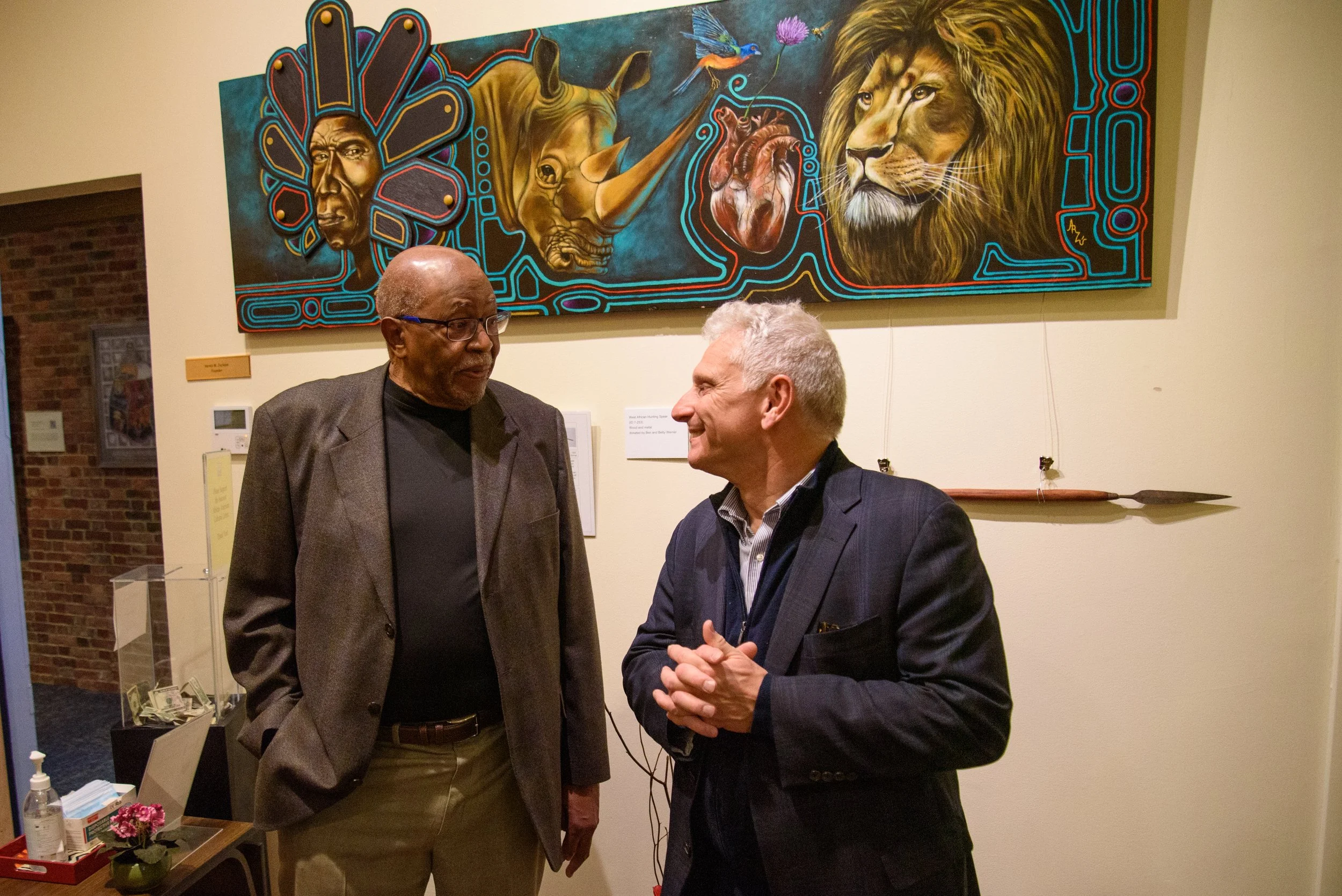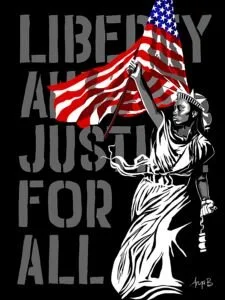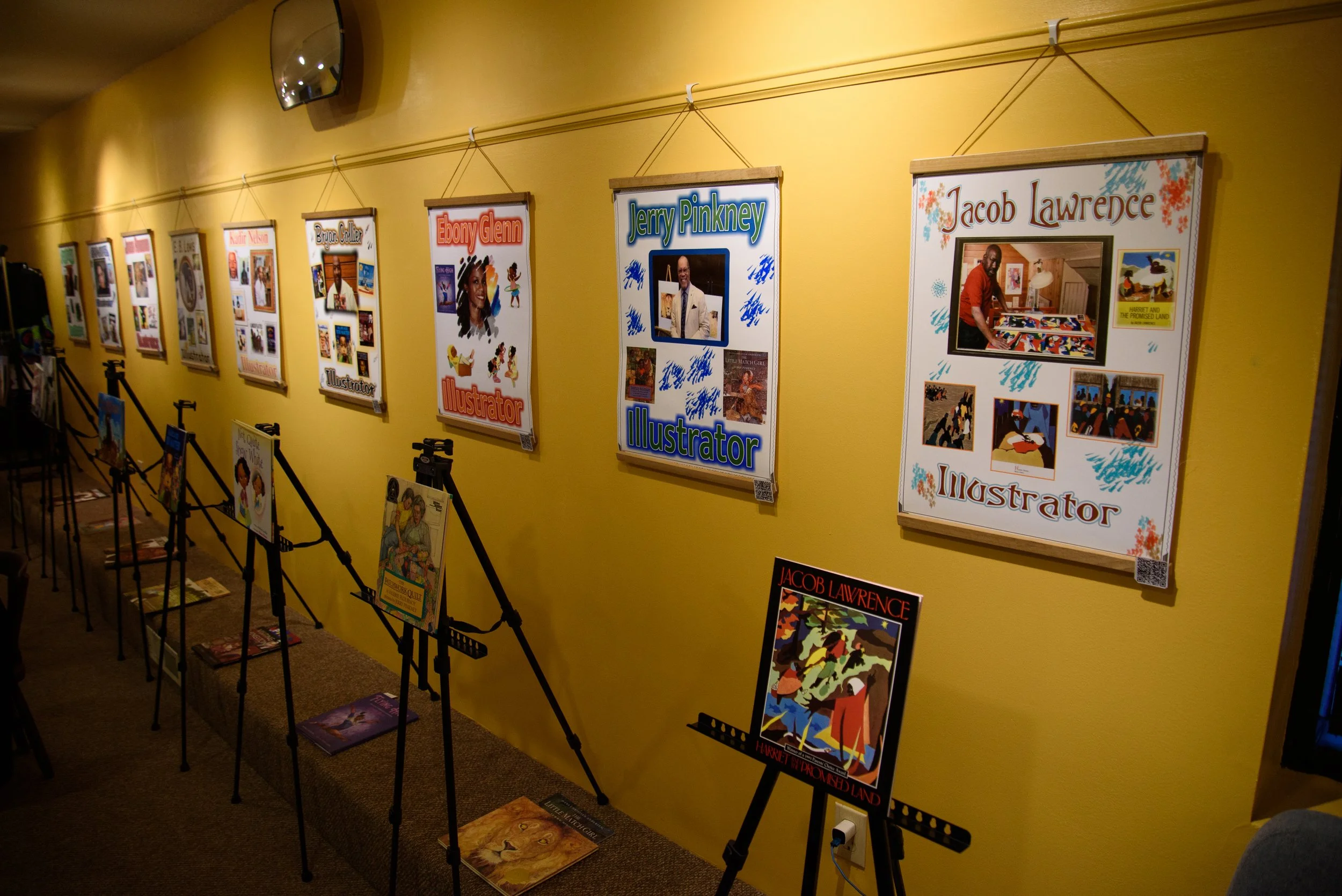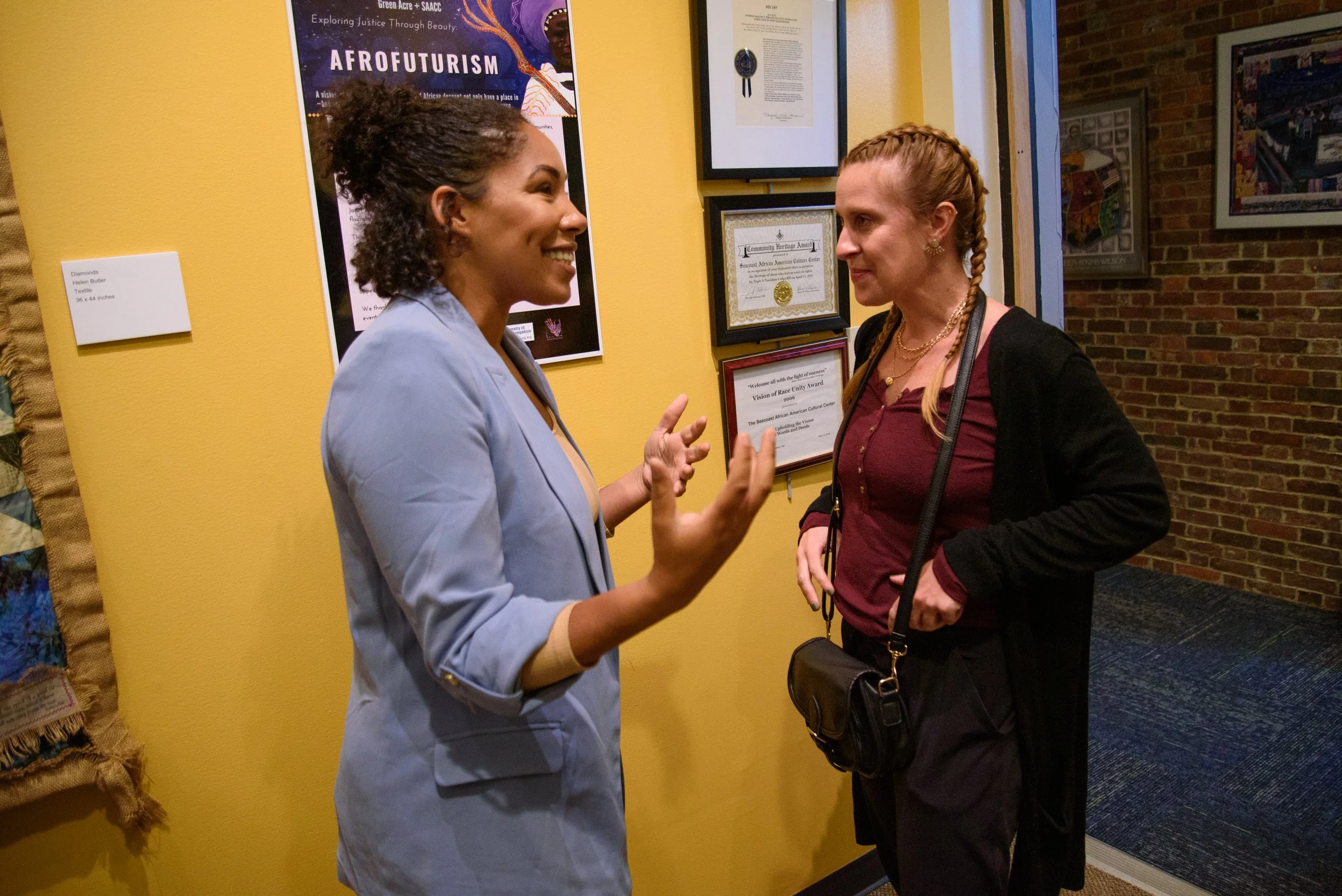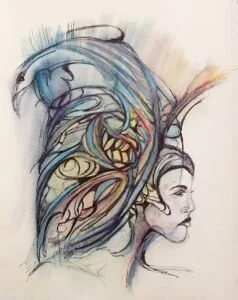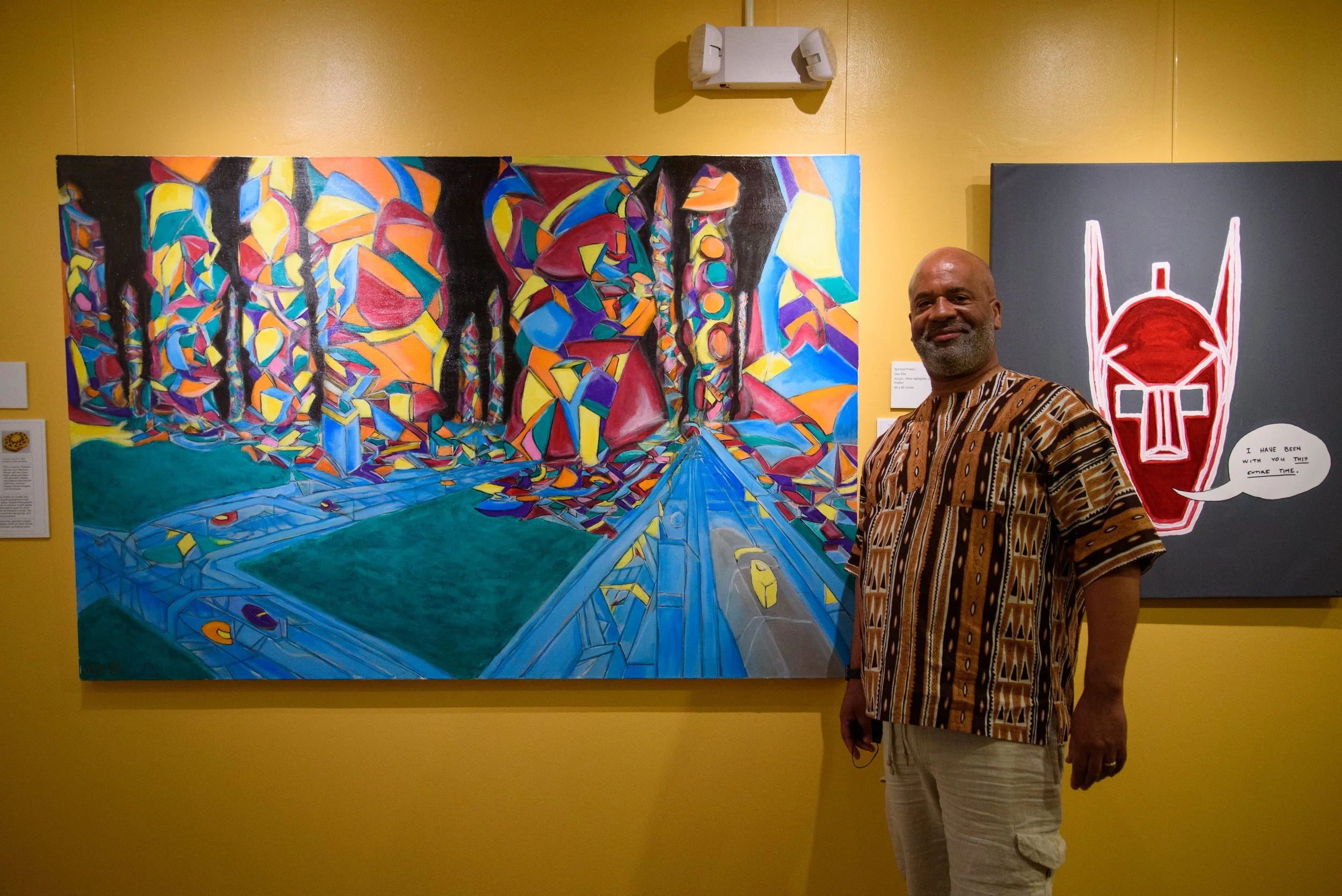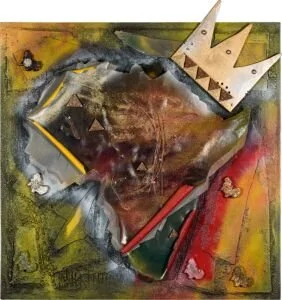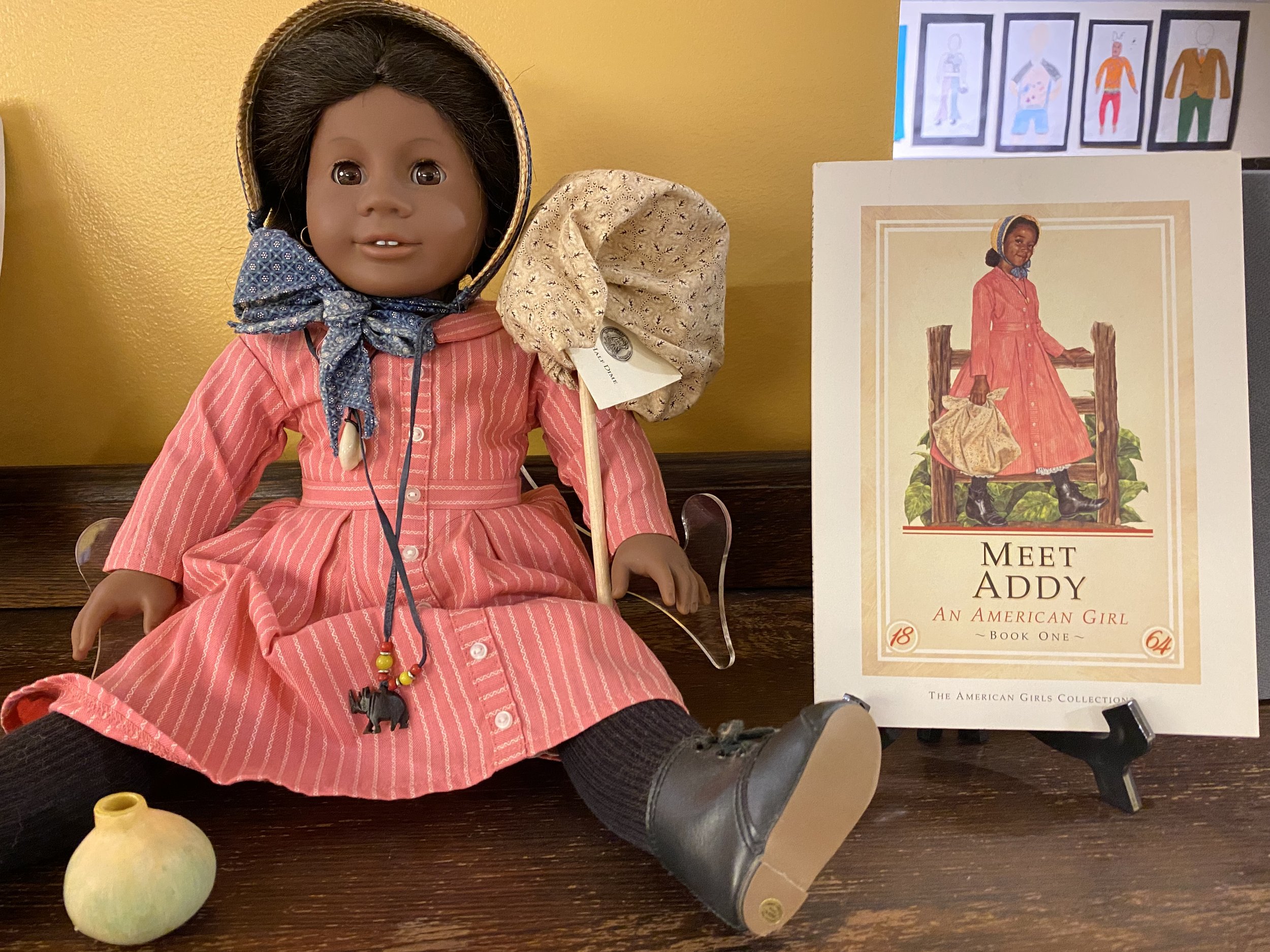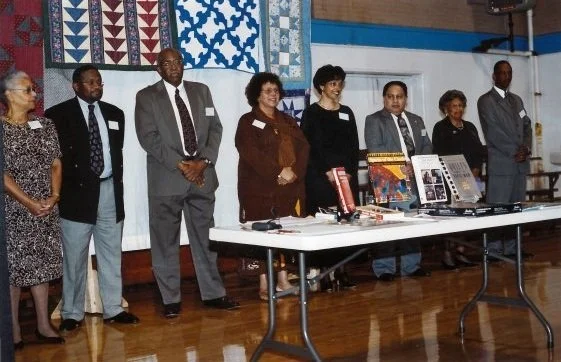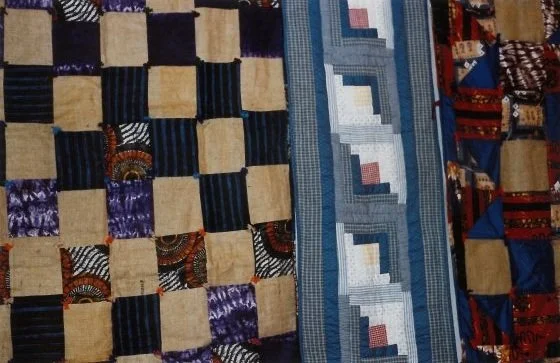Past Exhibits
Images courtesy of Becky Field and Field Work Photos, and Michael Stirling Photography
Being Black:
The Immigrant Experience
Jozimar Matimano and Becky Field
Summer and Fall 2024
Being Black integrated the work of two acclaimed regional artists — DR Congo-born oil painter Jozimar Matimano, whose life and large-scale paintings depict the immigrant experience, and documentary photographer Becky Field, whose work over the last decade has chronicled New Hampshire’s cultural diversity. Together, they explored how people of color from all over the world, from Africa, the Caribbean, and elsewhere, come to be seen and to see themselves as Black when settling in majority-White America, in ways both like and unlike African American citizens.
Immigration is one of the most pressing issues of the day and often racialized and seen as a political crisis. However, the diversity that immigrants bring to the Granite State and our country, enriches and strengthens our communities and economy for the benefit of all.
The Sum of Us, and
Our World’s Leaders in Spiritual Moral Decline:
Richard Haynes, Jr.
Summer and Fall 2023
This show celebrated nationally renowned artist Richard Haynes, Jr. whose work embodied that year’s Portsmouth NH 400th aims to “bring the community together to create opportunities to celebrate and tell our stories through programs, events, exhibits, and legacy projects.” Based in Portsmouth, Haynes is a culture keeper and visual storyteller, art and photography professor, and now Director of Admissions for Diversity at the University of New Hampshire (UNH). Born in Charleston, South Carolina, Haynes, Jr. and his family were part of “the Great Migration” and moved to Harlem in 1958. He was a first-generation student strongly encouraged by his middle school teacher to continue his education and become an artist. After serving in the Air Force during the Vietnam War, he earned a BFA from Lehman College and an MFA from Pratt Institute.
His work is part of the permanent collections of the Currier Museum of Art, Massachusetts General Hospital, Dana Farber Cancer Center, The Schomburg Center for Research in Black Culture of the New York Public Library, the Avery Art Institute, the Bronx Museum of Arts, Houghton and Mifflin publishing, Historic New England, UNH, and many other public and private collections. He has also been an artist-in-residence for many of these organizations as well as New Hampshire public schools. Richard is cited in and has contributed to Regalia: Native American Dance, Strawbery Banke: A Seaport Museum 400 Years in the Making, Portsmouth Unabridged: New Poems for an Old City, and The Great Shape Hunt. He is the recipient of many state and national awards, including the NEACAC IDEAL Award, Baha'i Faith Vision of Race Unity Award, and gubernatorially cited as New Hampshire Magazine’s Best of New Hampshire Renaissance Man. Haynes, Jr. also played a special part in SAACC’s history in creating our iconic colored sail ship logo as well as design and artistic vision to the SAACC’s first physical space, the Connie Bean Center.
The exhibit featured two curated collections of Haynes’ work. First, The Sum of Us, included 50 black and white pen and ink sketches ranging from 1990-2022. The sketches often form the basis for larger painted pieces and show how the artistic process unfolds from start to finish. They are complex but also accessible and communicate truths about who we are as Americans and world citizens, pointing to historic moments from slavery to the Jim Crow era and beyond and featuring intimate family and community encounters with unique details in which we can all see ourselves. The title was inspired by New York Times bestselling author Heather McGhee who writes that America suffers from a zero-sum mentality, in which we presume that public goods and the good life are limited, like a pie, and lost forever if shared with others. The “sum of us” instead sees our collective prosperity is a real possibility if we recover the past and stand in solidarity. A second collection on display features 3-5 foot in diameter color circles depicting community and unity in facing some of today’s greatest challenges like racism, climate change, immigration and policing reforms, and economic inequalities, titled Our World’s Leaders in Spiritual Moral Decline.
Creole Lives: Zydeco Soul
Spring 2023
This photo exhibit by New Hampshire’s seventh Artist Laureate, Gary Samson, showcases images from the book Creole Soul: Zydeco Lives released in November 2022 by University Press of Mississippi as part of its American Made Music Series. It features Samson’s images and recorded interviews with zydeco musicians in Texas and Louisiana conducted by the late Burt Feintuch, a folklorist, music ethnographer, professor at UNH who founded of the Ghana study abroad program and was longtime director of the UNH Center for the Humanities, Samson's photos capture the lively and eclectic music scene and offer intimate portraits of the featured musicians.
Black Children's Book Illustrators Summer 2022
Curated and organized by board member and educator Jill Minot-Seabrook, this children-friendly exhibit showcased a large collection of books illustrated by Black artists and designers and authored by Black writers, ranging from the 1970s to the present. Black Children's Book Illustrators was a valuable resource for area schoolteachers and families and a standout part of our Afrofuturism show and the Portsmouth Historical Society's Imagine That! show about children's book illustrations generally.
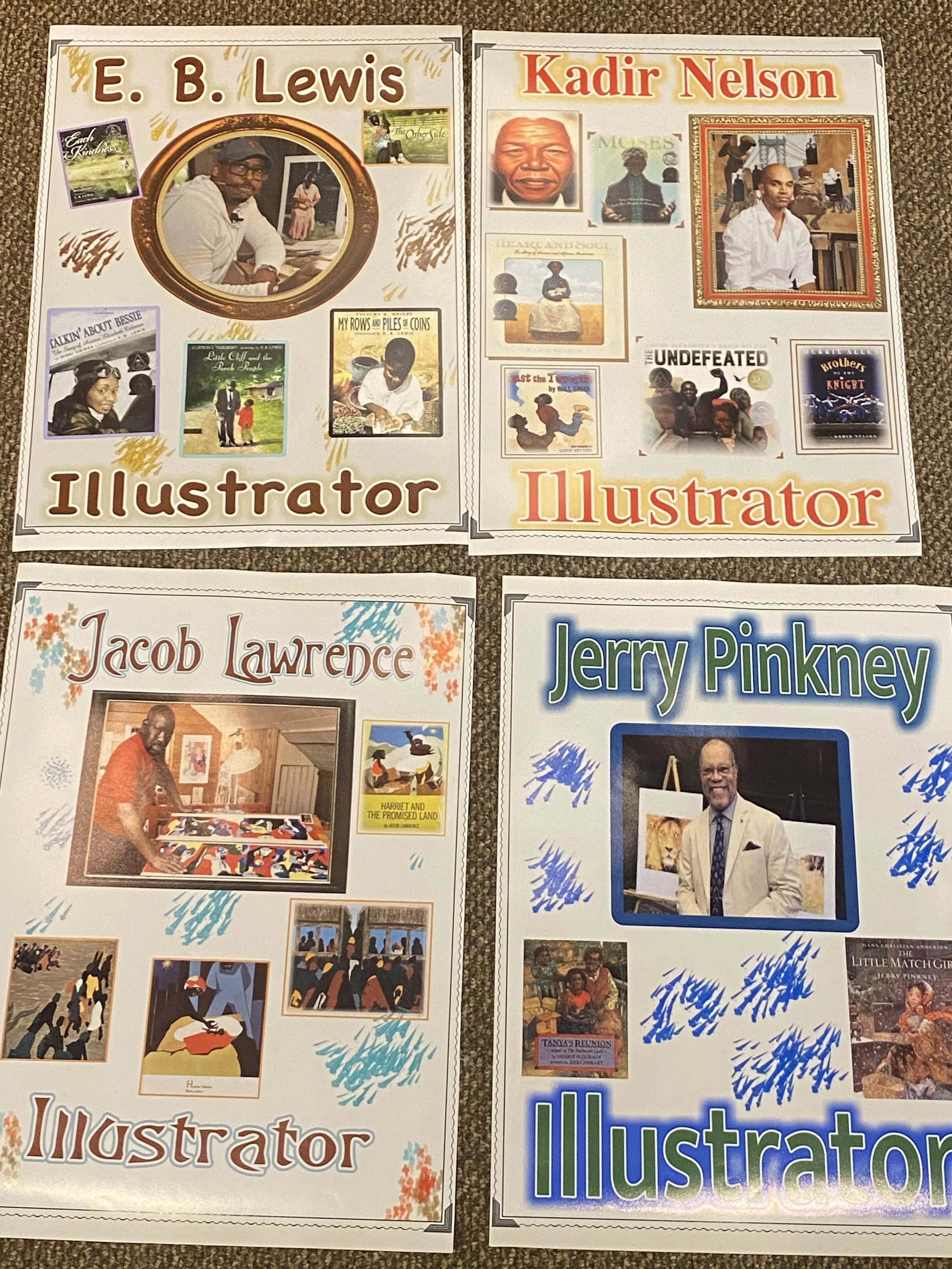
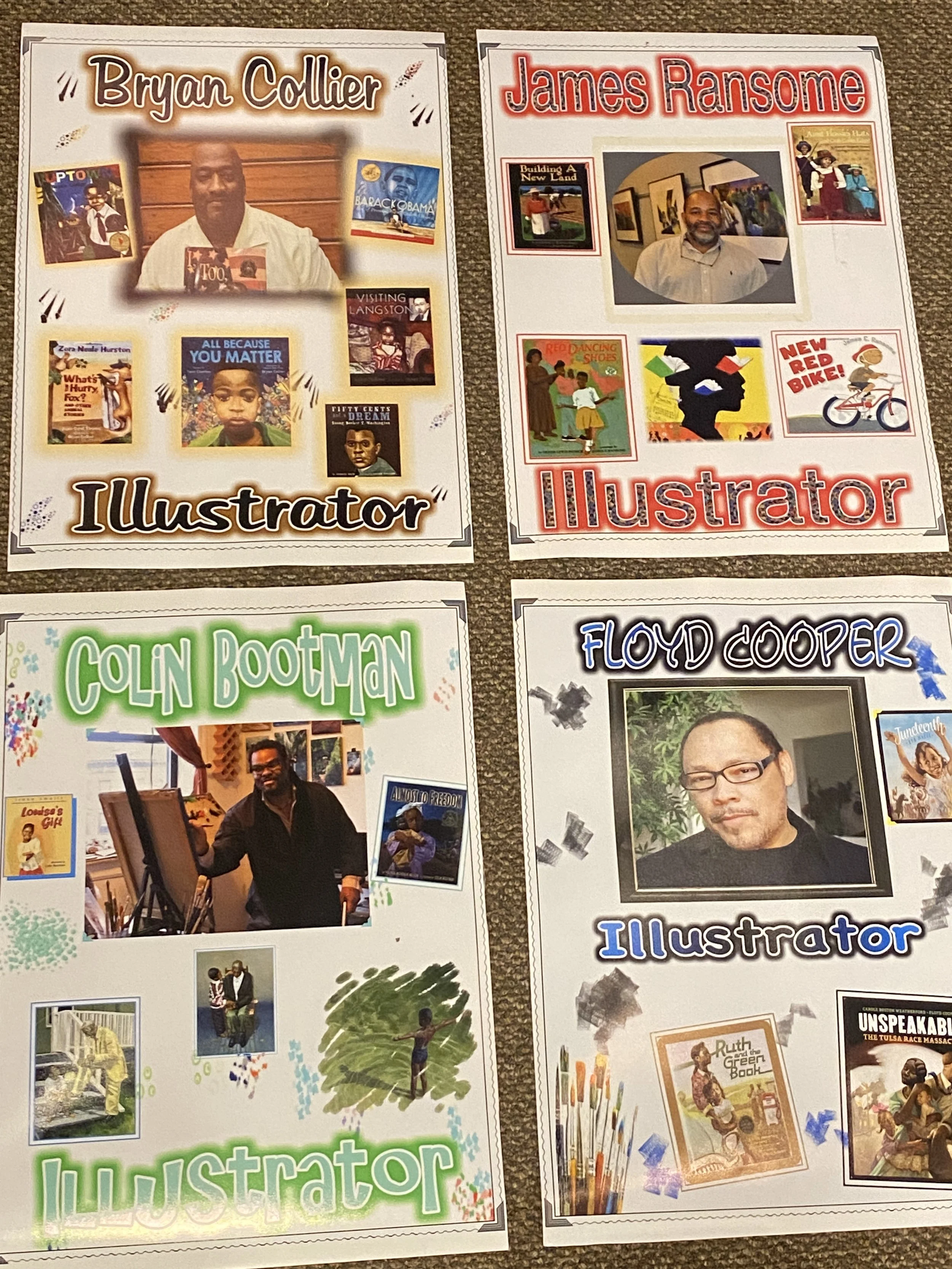
Afrofuturism: Exploring Justice through Beauty, a collaboration with Green Acre Bahá’í
Summer 2022
This year-long community-inclusive and arts collaborative featured international, national, and local artists working with the aesthetic traditions of Afrofuturism and was a joint collaboration with Green Acre Bahá’í.
Imagine a vision of the future in which the stains of our collective past do not paint the present. Imagine a culture unencumbered by the weight of oppressive structures meant to divide and suppress. Imagine a society in which people of color, the African diaspora, are not tokenized or seen as “other”. This is a vision of AFROFUTURISM. A vision of the future in which people of African descent not only have a place in—but are synonymous with—the progress and advancement of the human race. Through art, science, philosophy, and exploration they lead our world forward. It is in this vision we wish to explore what the contributions of the entire body of the human race can yield. It is in this vision that we ask you to create.
We the People: The Fight for Justice for People of Color in White Suburbia
Fall 2021
Curated by board member Jo Kelley, this photography exhibit showcases images and pieces of activism-based art around the Black Lives Matter protests and other public demonstrations that sprang up across the state of New Hampshire in 2020. That year, “we saw a movement come to the fore that has been building in America for more than 150 years. A movement based on the fight for equality, the fight for justice, the fight for people of color to live, move freely, and fully belong in our own communities. On the front of every newspaper, TV screen and cellphone we saw the raw footage and in real time the struggle that our fellow citizens were living. Sparked by the senseless death of George Floyd and so many countless others, people joined forces. We marched. We protested. We cried. And most importantly, we joined together in conversation for change.“We the People” is an exhibit documenting part of this fight featuring over 30 photographs and art pieces of activism and protest across New Hampshire in 2020 that powerfully redirected commitments to racial equity, inclusion, and transformation in our predominantly white state.”
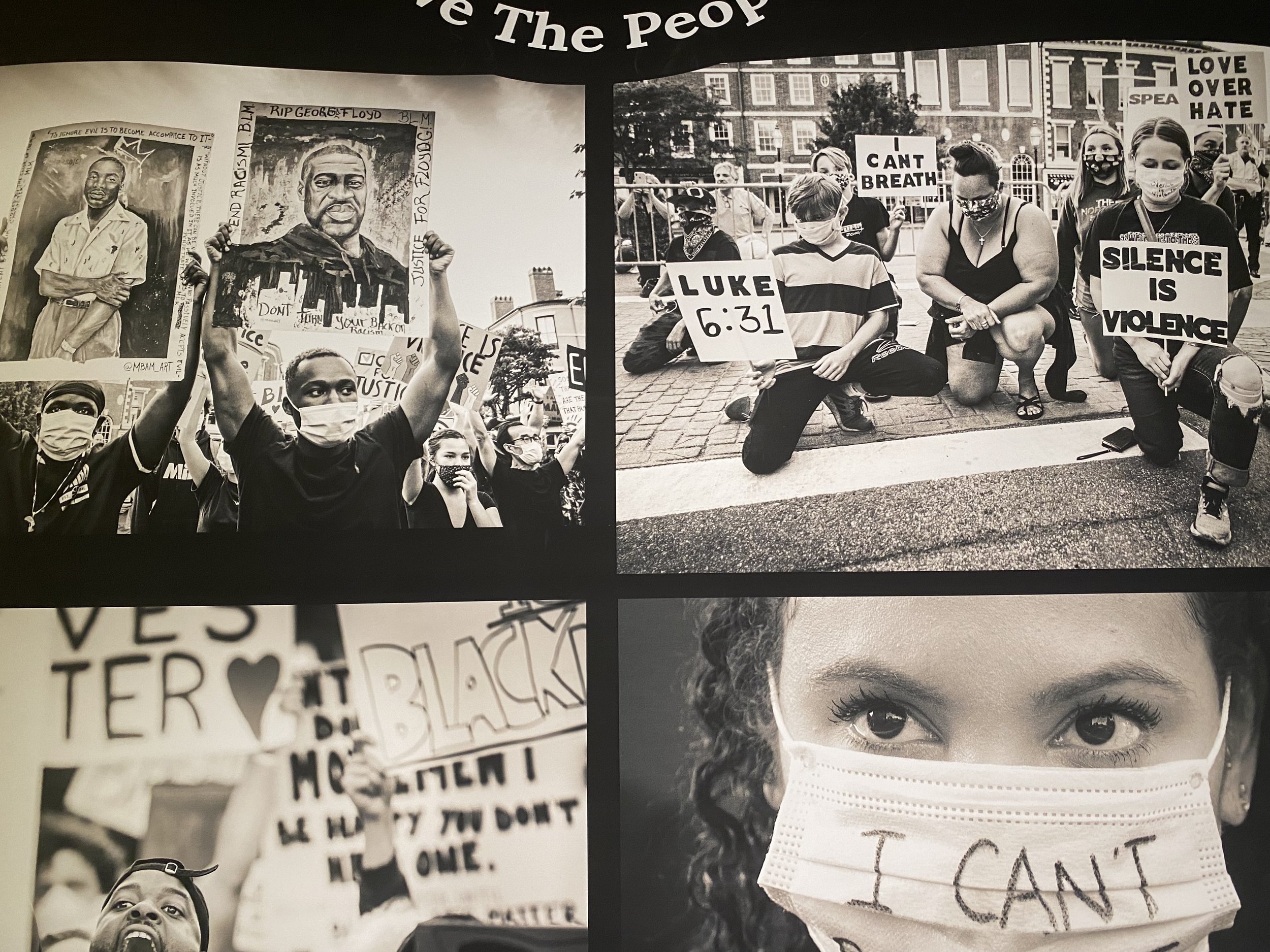
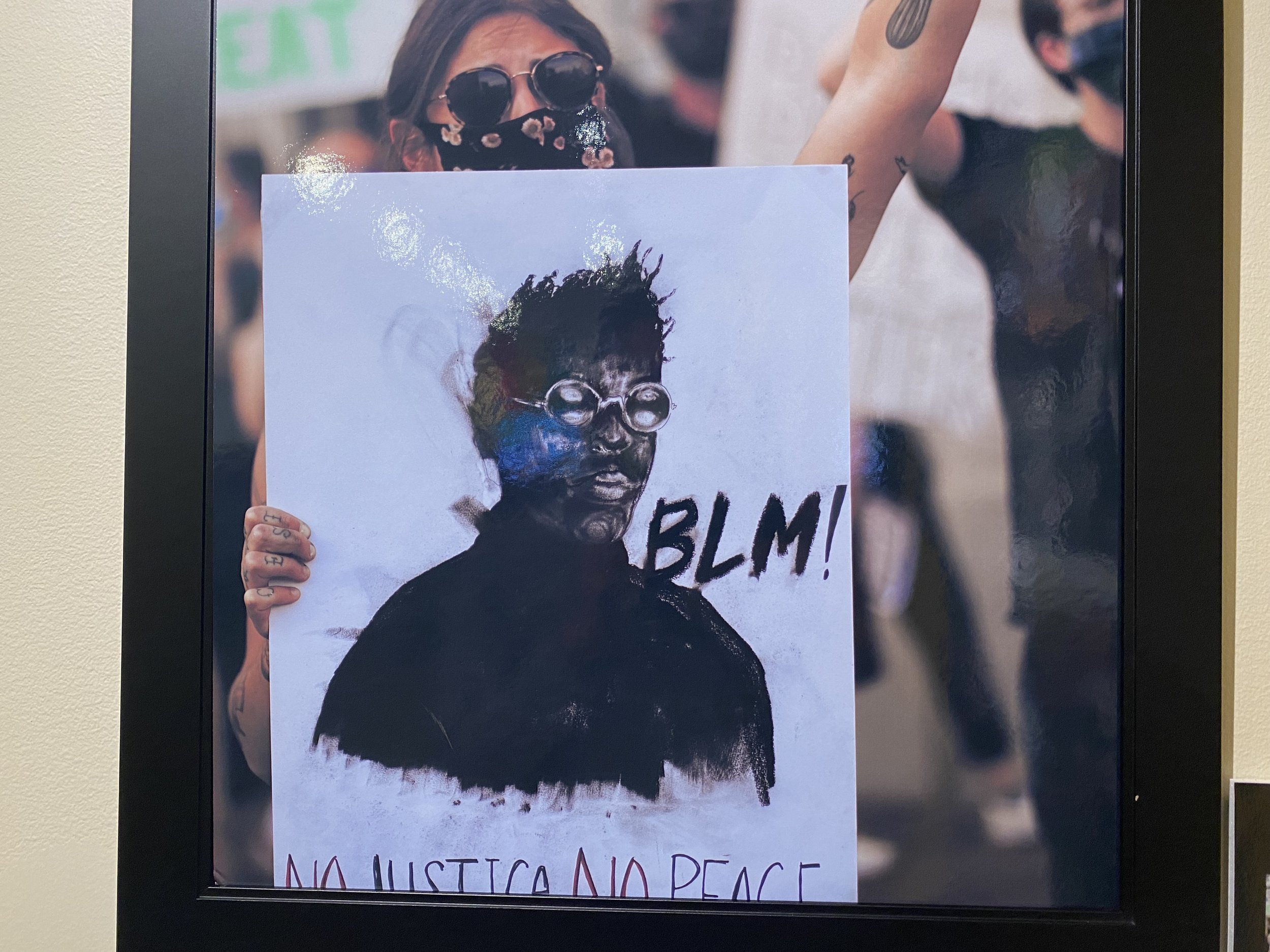

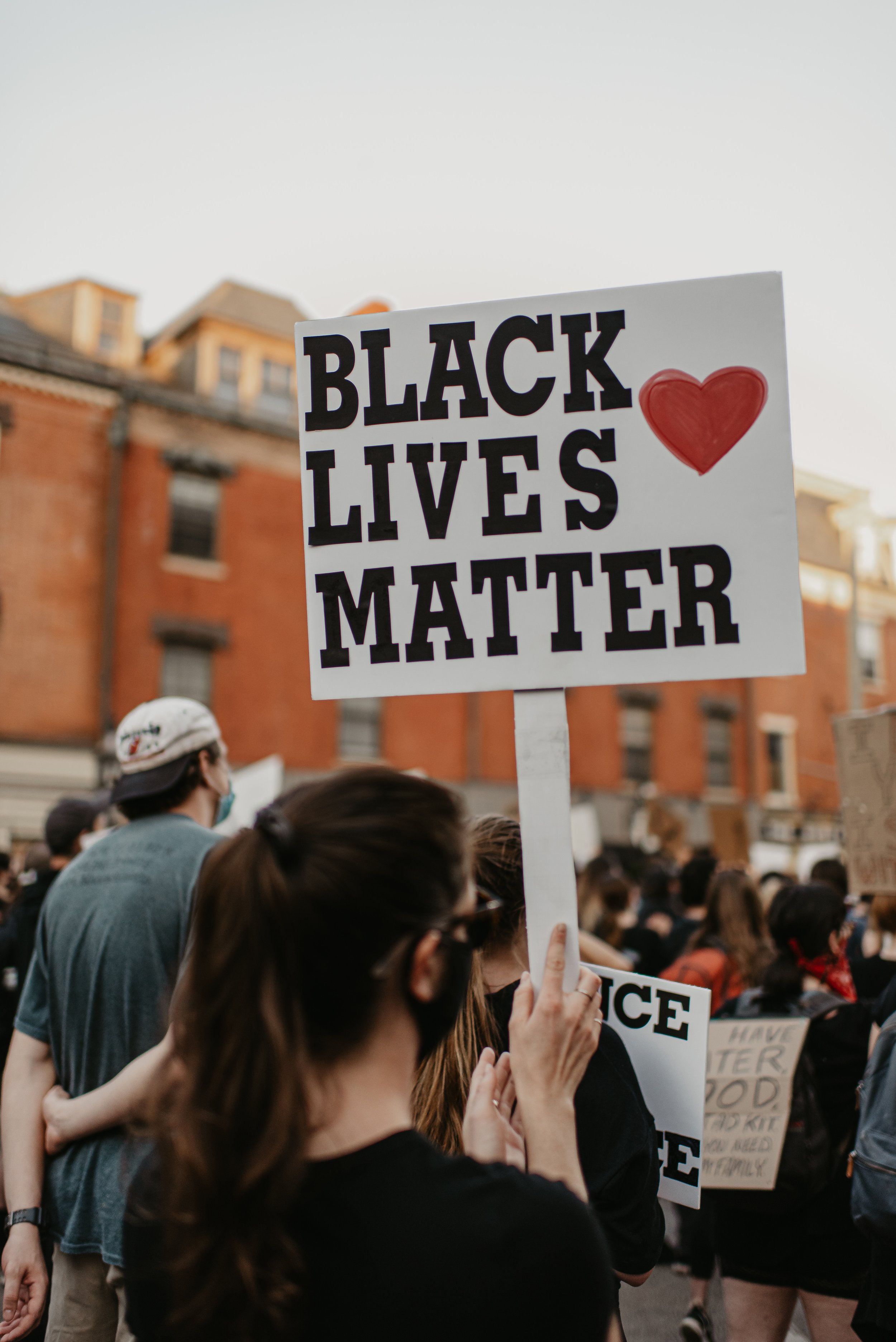
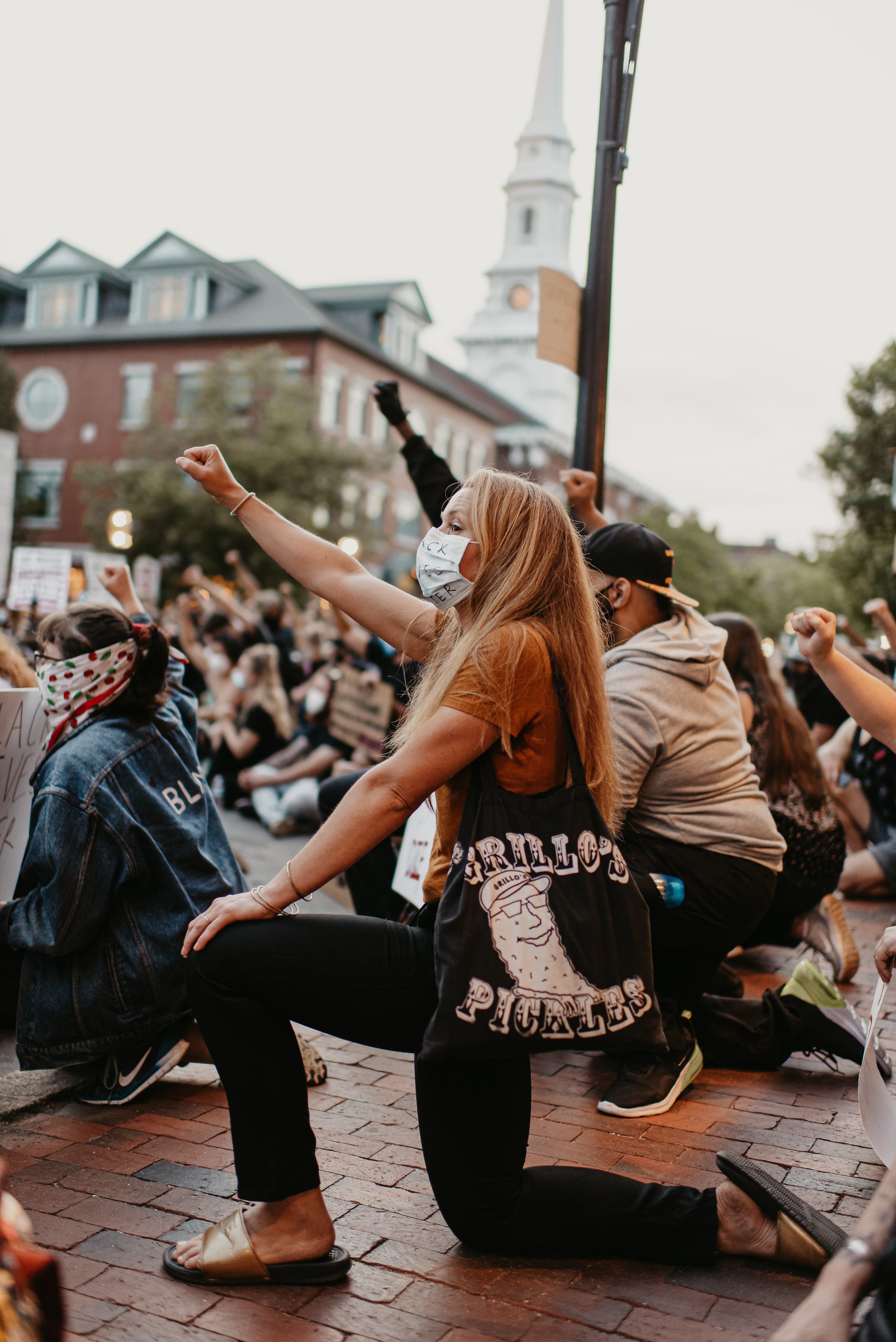
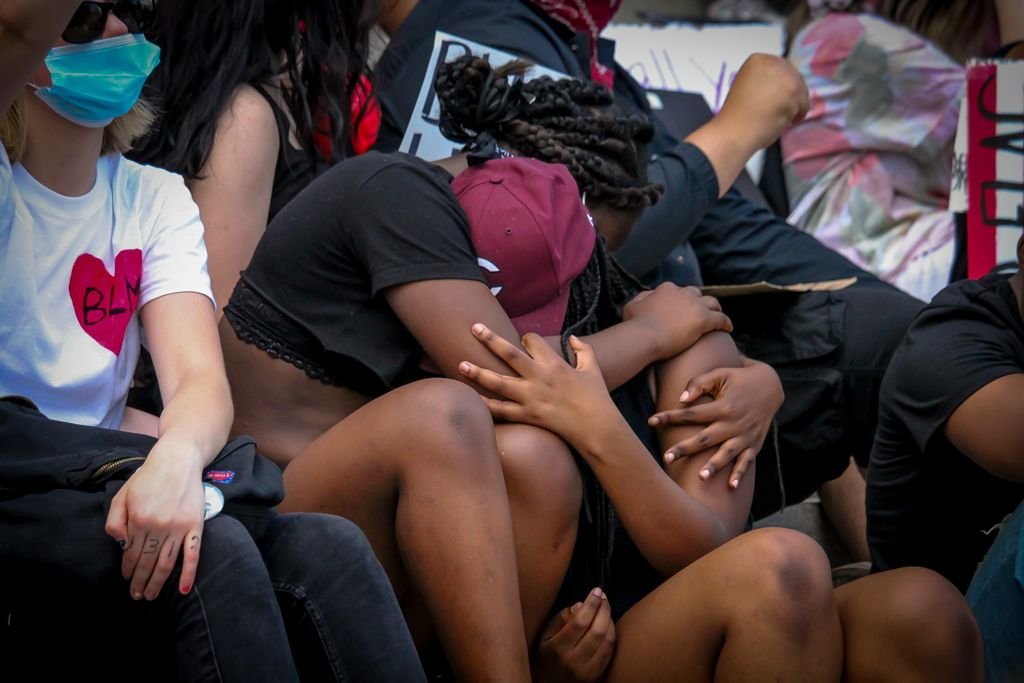
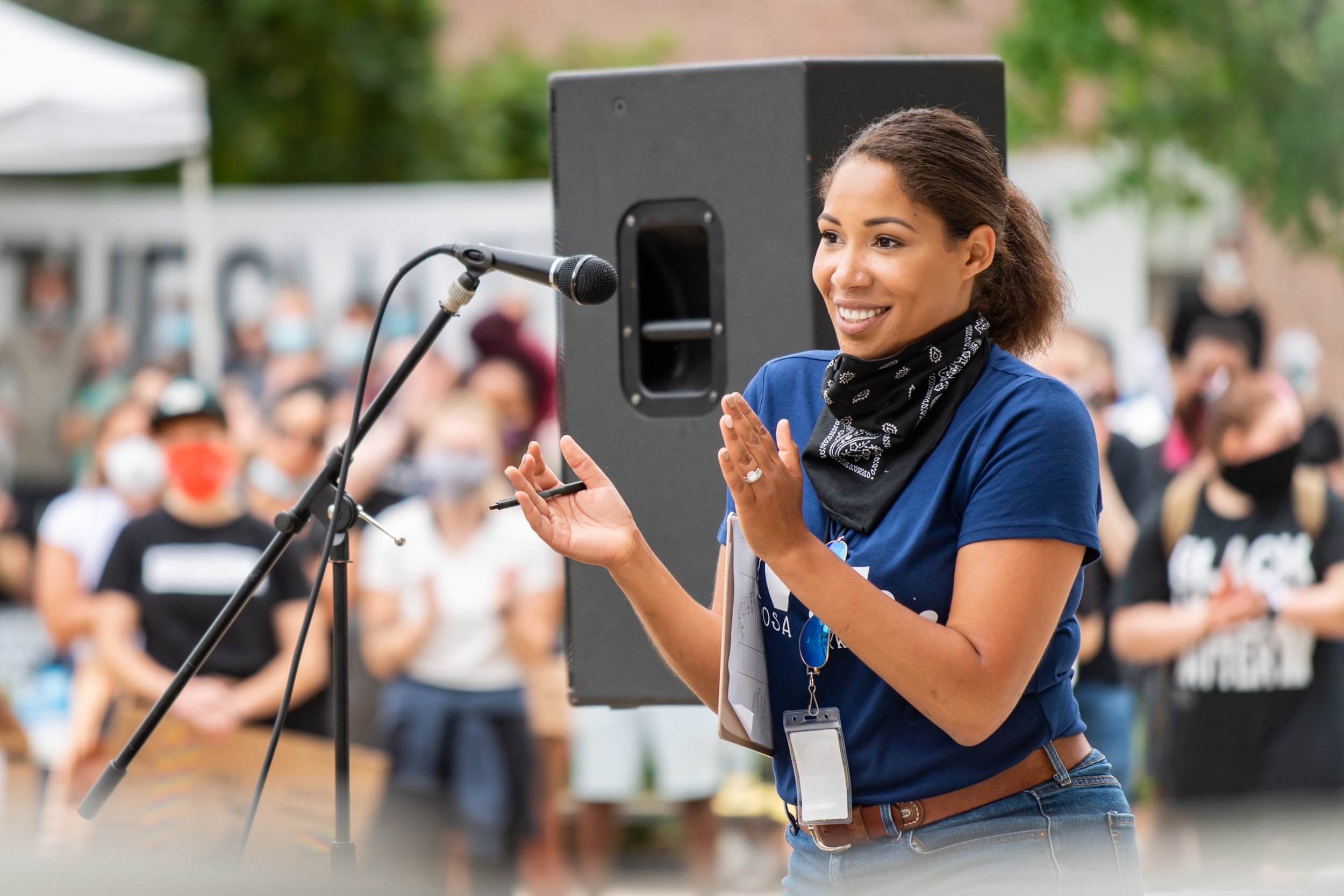

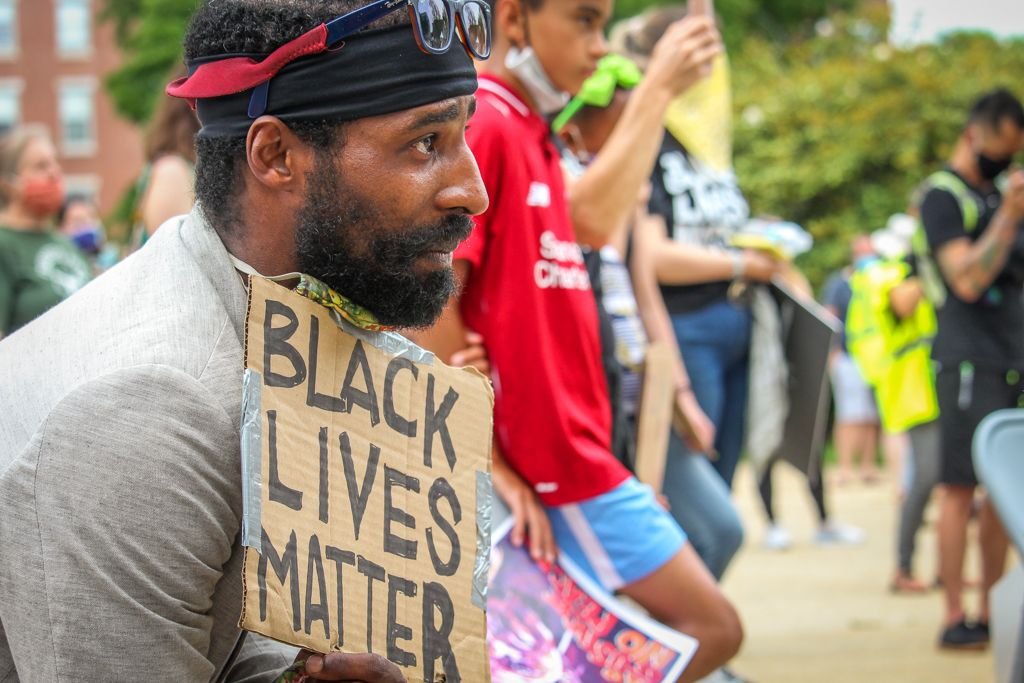
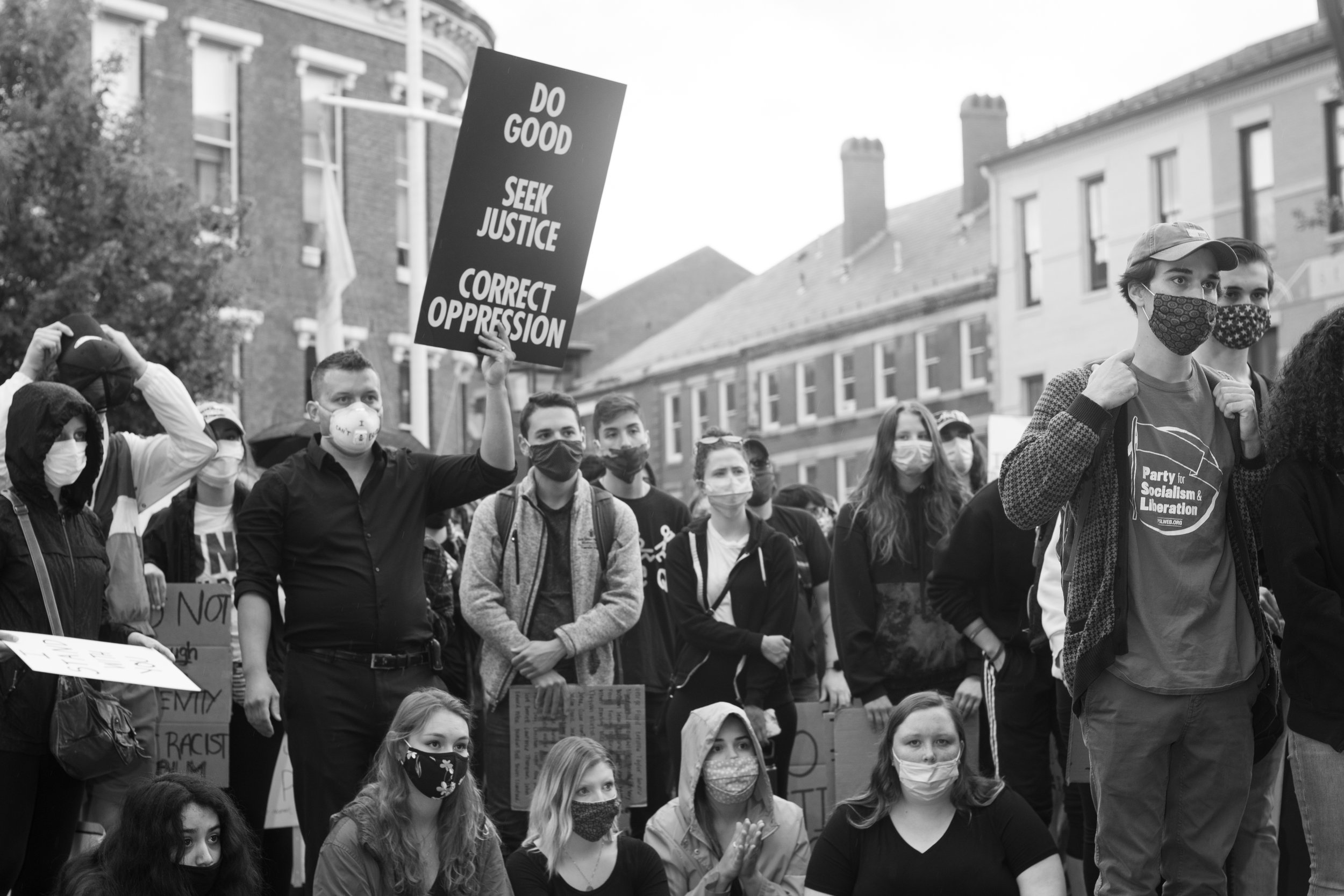
Fashion Forward: Africana Style
Summer 2021
Fashion Forward featured African and African Diaspora fashions both near and far. Headlining the show were images of the ultra-cool sapeurs, a subculture from the stylish streets of urban Congo. Ranging from schoolchildren to retirees, sapeurs are maximalist fashion trendsetters who combine expensive designer pieces with a glorious array of second hand clothing that makes its way to Central Africa. The overlook look echoes but exceeds Black dandyism seen in the iconic era of the Harlem Renaissance and is a quintessential articulation of global Black fashion. Images draw from UK-based photographer Tariq Zaidi’s 2020 book Sapeurs: Ladies and Gentlemen of the Congo published by Kehrer Verkehr which also won a Vogue Fashion Book of the Year Award.
Stepping back in time, Fashion Forward also featured vintage clothing items from Liberia from the 1930s, generously donated to SAACC by Andrew Slusarski in memory of Mr. and Mrs. Harold Gustin. Items included purses, fabrics, tunics, tops, and alligator skin shoes, some of which were worn to public celebrations of the West African country’s annual Independence Day, as well as an exquisite quilt made of several different animal skins. Altogether, these pieces represents cultural and historic ties and immigration between the United States and Liberia.
Along with the sapeurs, we displayed a large number of textiles and clothing from West African and African Diaspora artists and individuals living in the Seacoast and Beyond, including Dzifa Patterson, Kathleen Otoo, Monica Ami Gligah, Daisy Houdegbe, and the Nelson Cantave family.
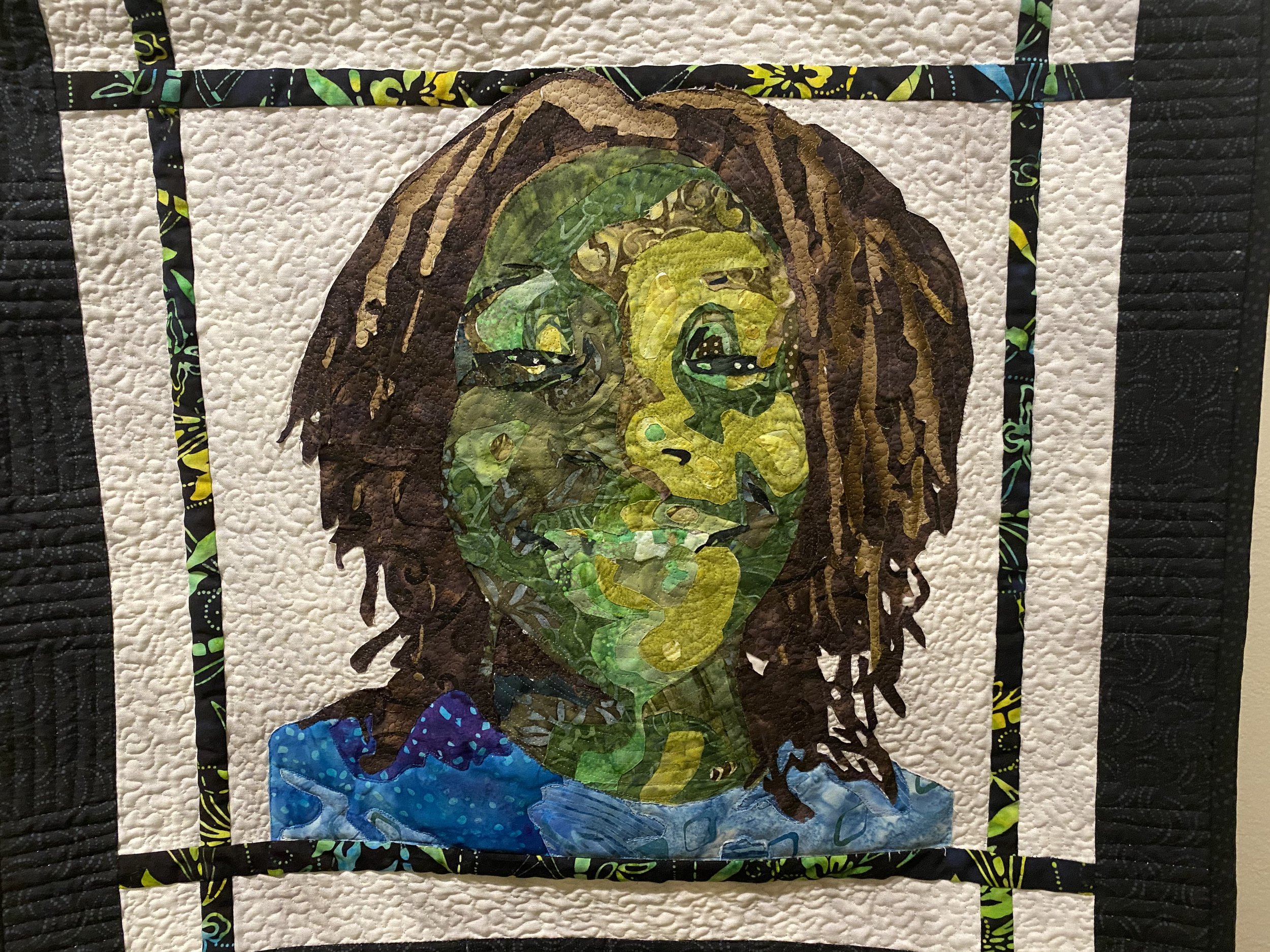
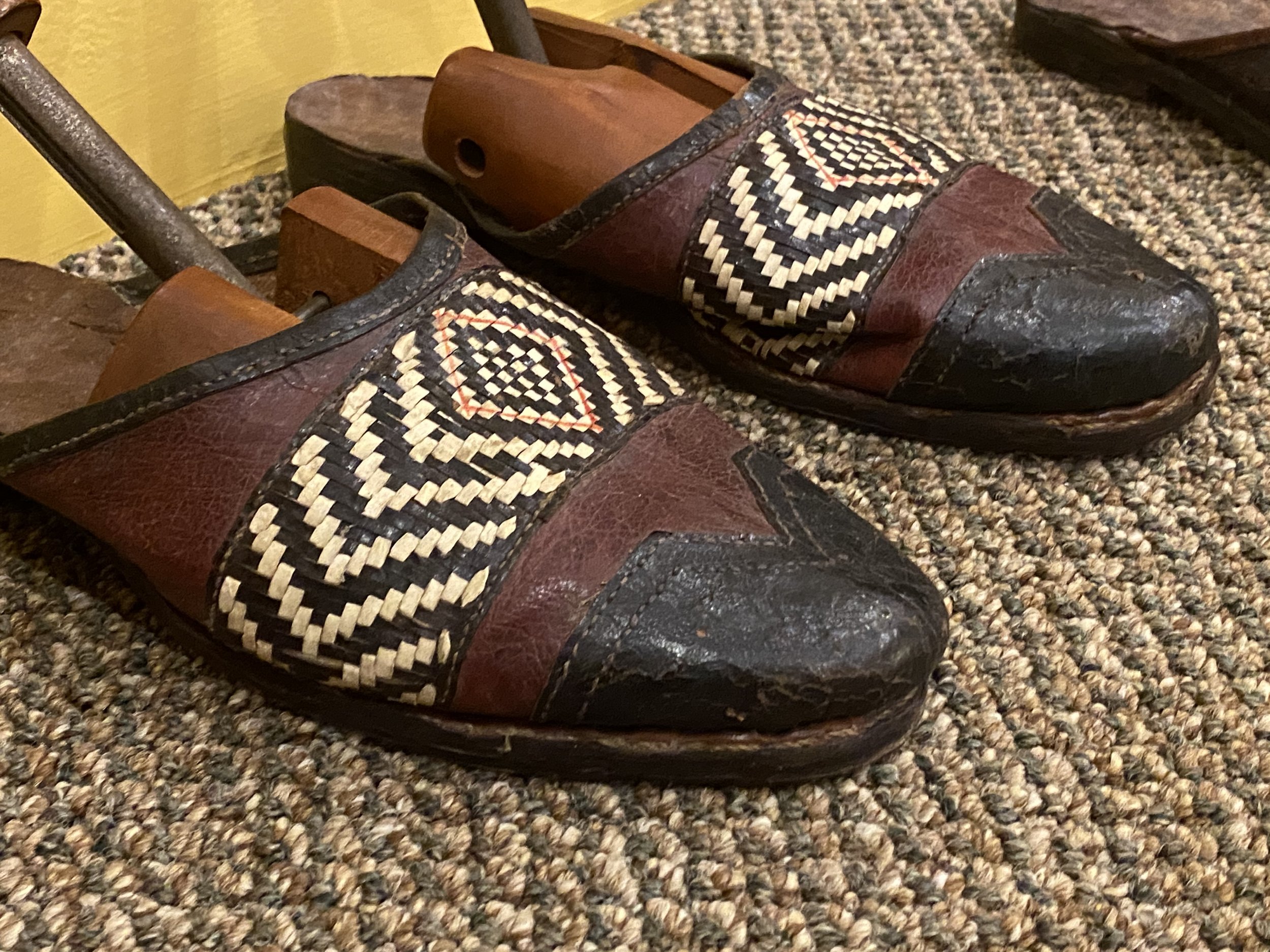
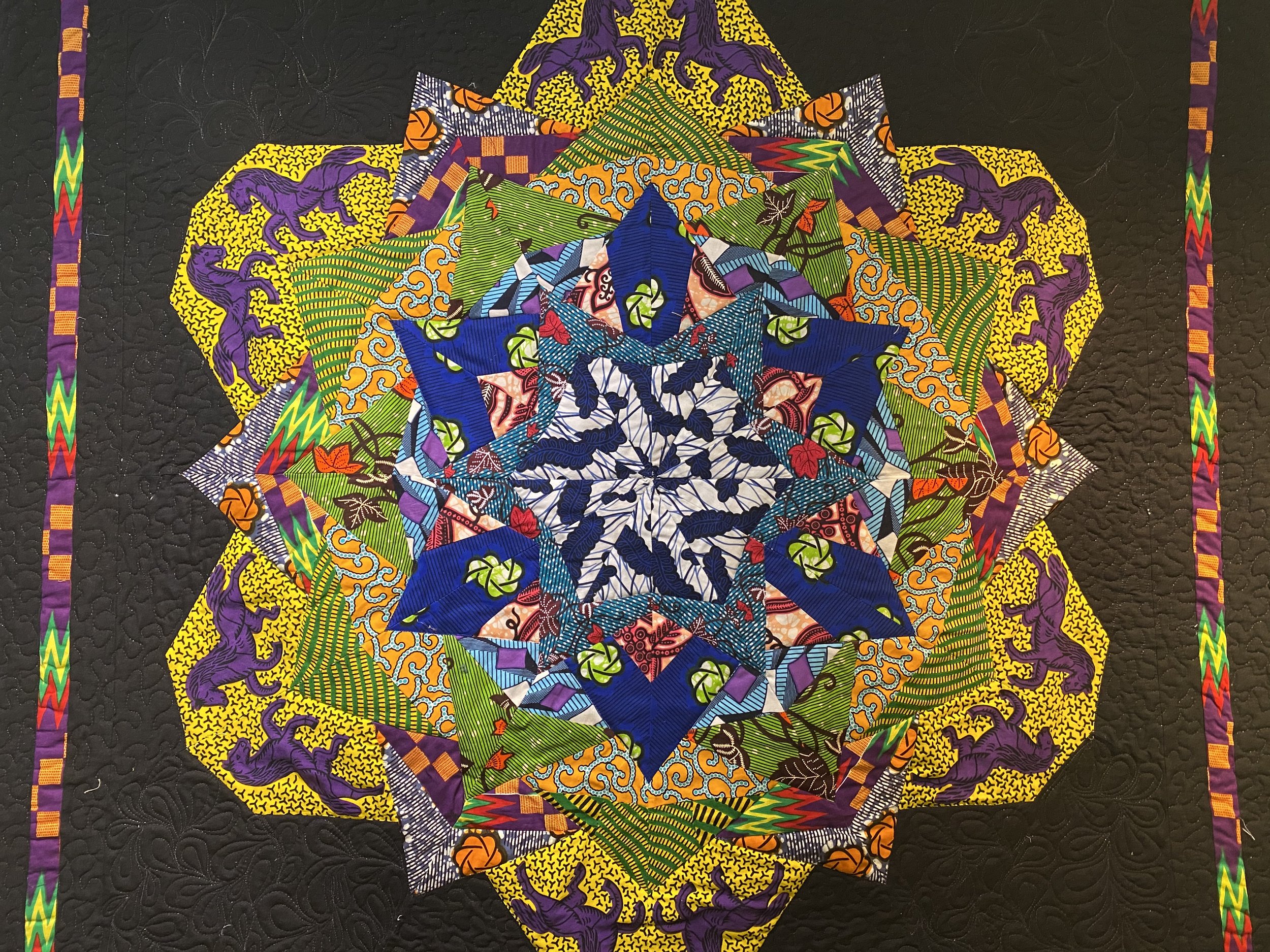


Obama: An Intimate Portrait, and Obama: An Ancestral Legacy Summer 2020
Obama: An Intimate Portrait,” a nationally traveling exhibit, featured 50 iconic images of President Barack Obama, his family, and administration taken by former White House photographer Pete Souza Souza. Many of the images were first published in Souza’s 2017 book which also debuted at No. 1 on the New York Times bestseller list and became one of the best-selling photography books of all time.
Complementing Souza's exhibit was a SAACC original exhibit titled "Obama: An Ancestral Legacy" and curated through our University of New Hampshire internship program. It featured objects from our collection that highlighted President Obama's East African and African Diaspora heritage and America's history of foreign policy in Africa.

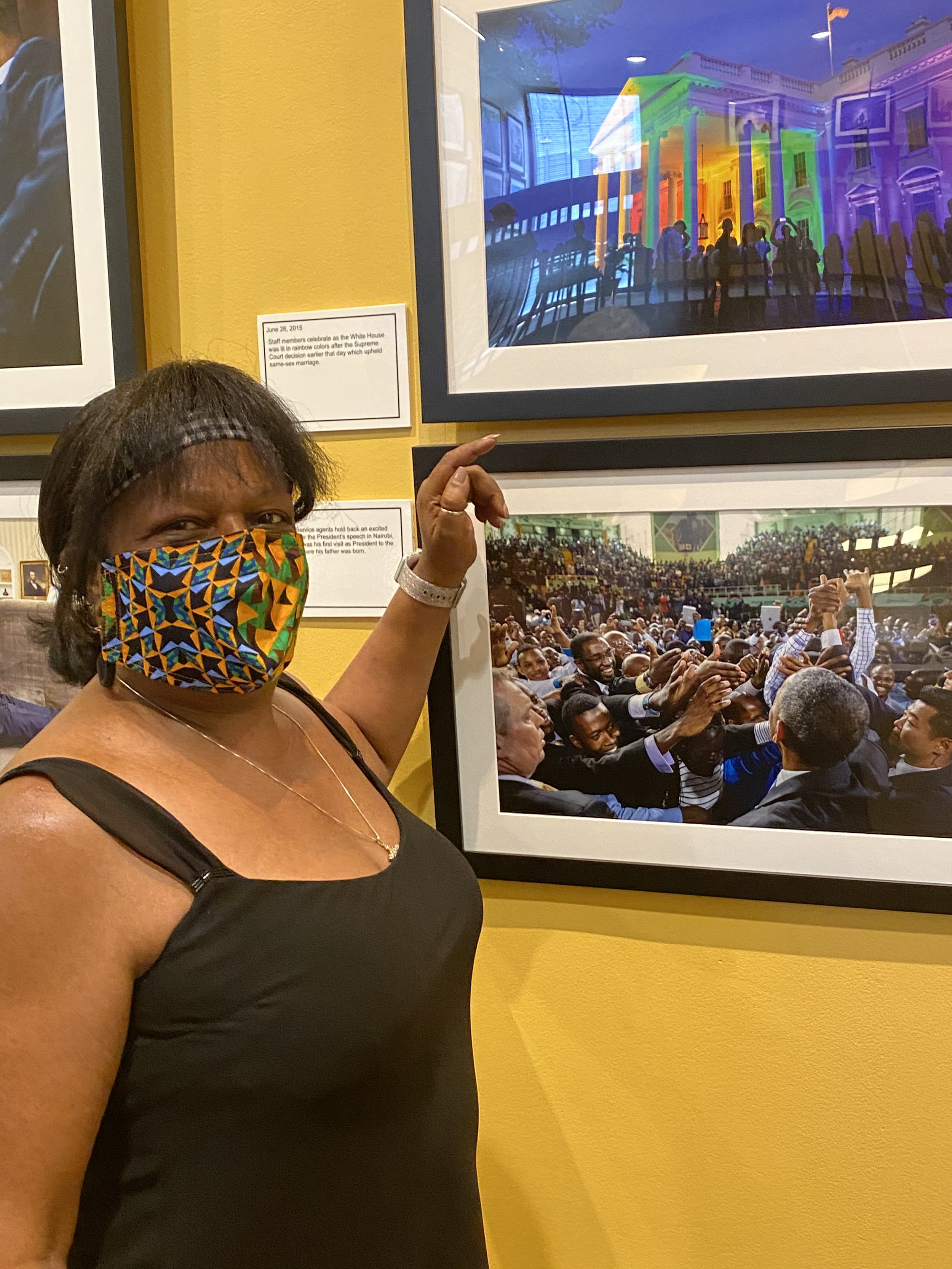

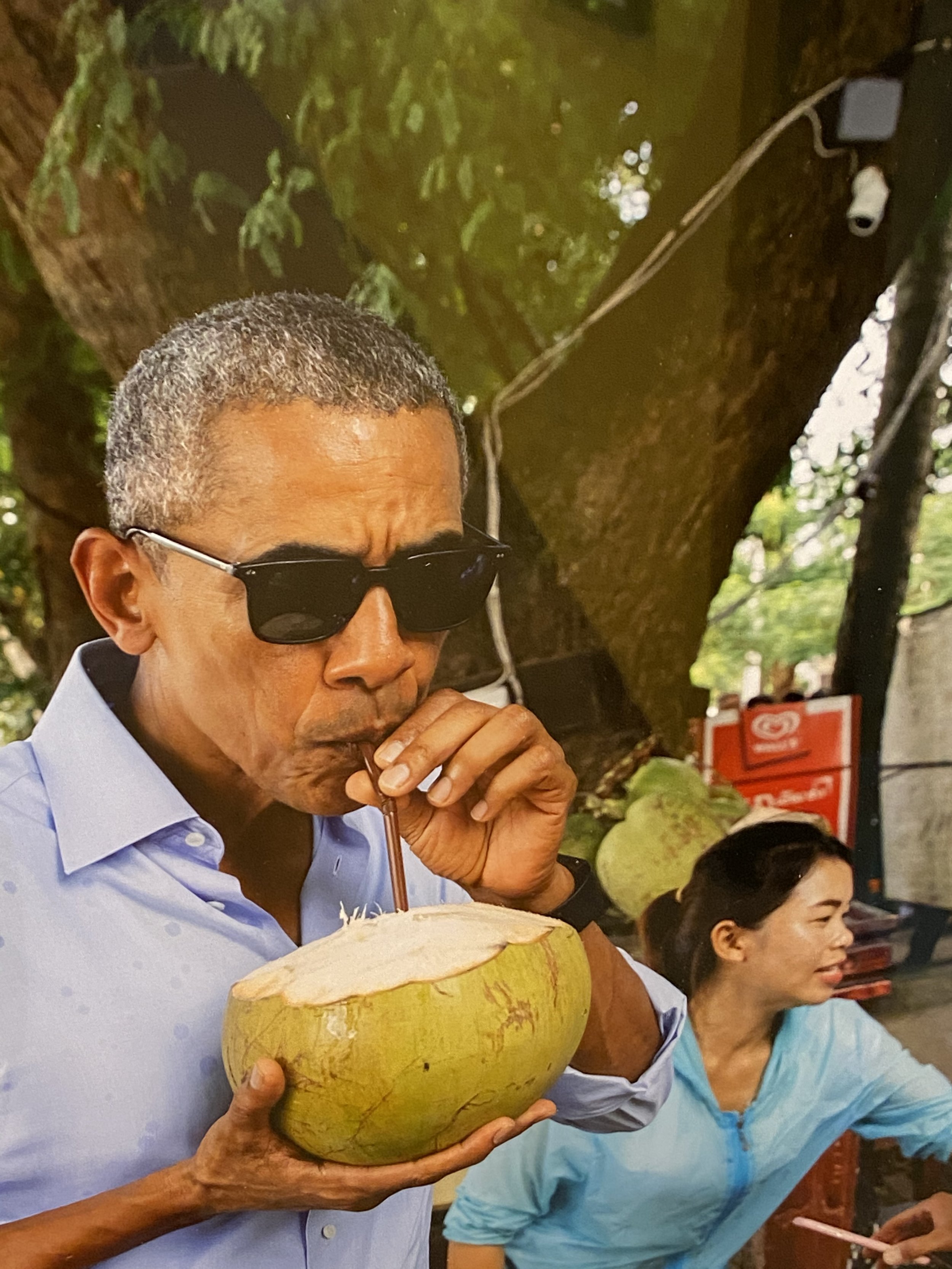
Heavy Metal Africa: The Art of Metallurgy from Africa
Summer 2019
Bold and brassy, Heavy Metal Africa features pieces from our collection made of metal, from swords and spears, to coins and decorative hoes used as currency in many West African communities, shiningly curated by UNH interns Matilda Gross-Santos, Maddy Maksy, and Danielle Toland.
Guinea to Great Bay: Afro-Atlantic Lives, Culture, and History
Summer 2018
Inaugurated in summer 2018, Guinea to Great Bay is our bastion exhibit that showcases exciting and valuable pieces from our large collection of African American and African art and material culture, ranging from masks and textiles to contemporary photography and mixed media. We regularly rotate and include pieces from our collection as part of new and visiting exhibits
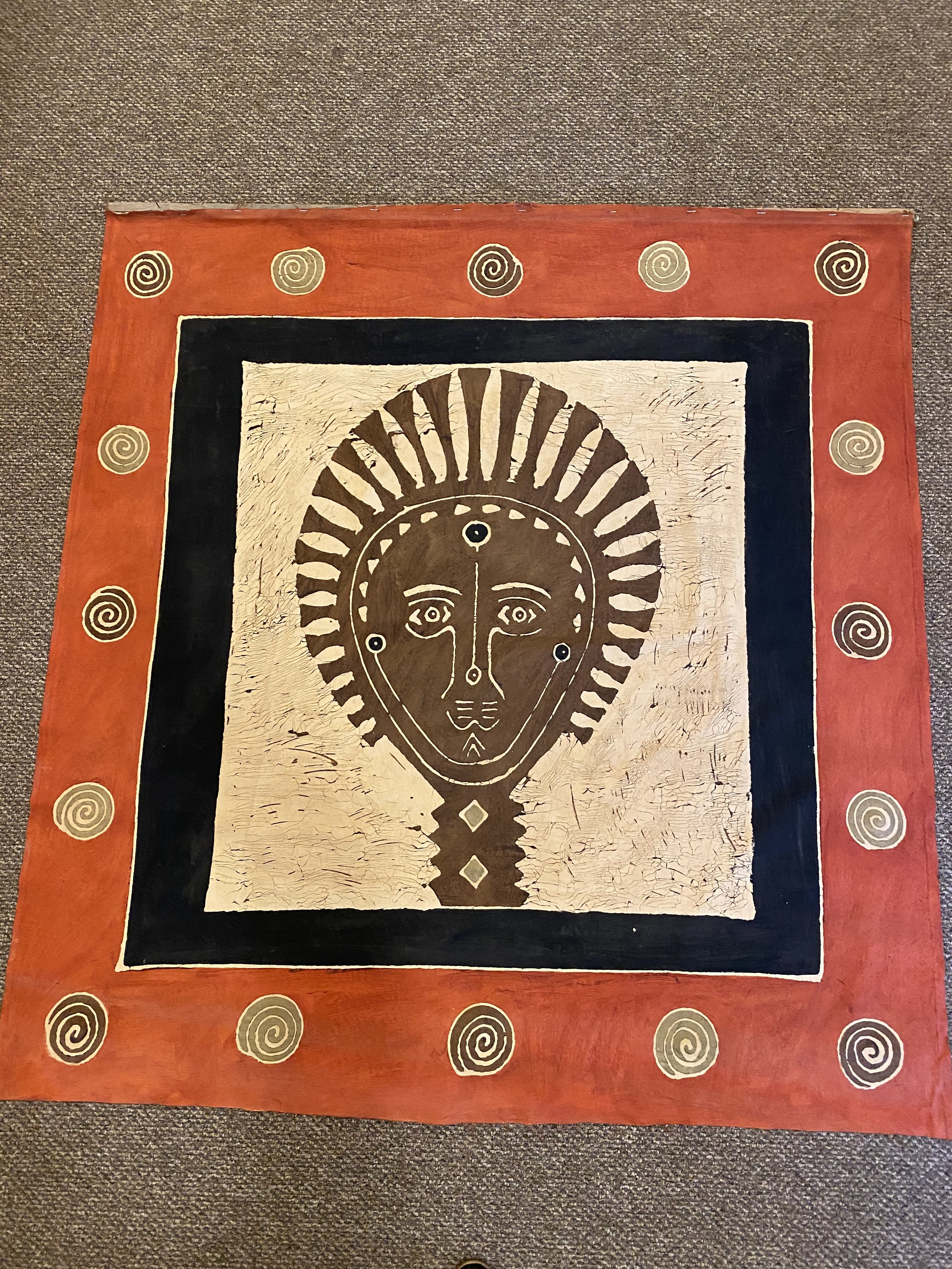
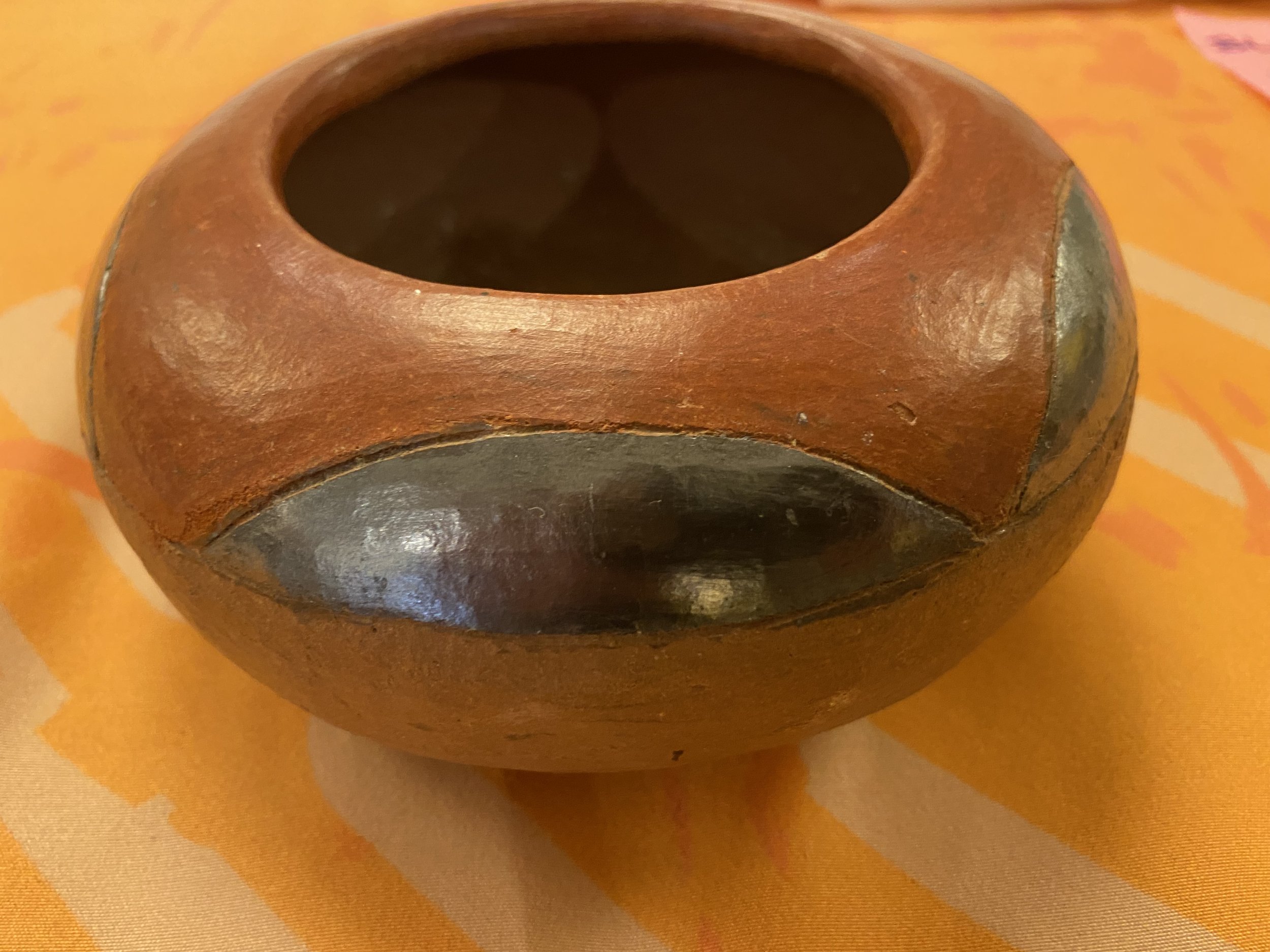

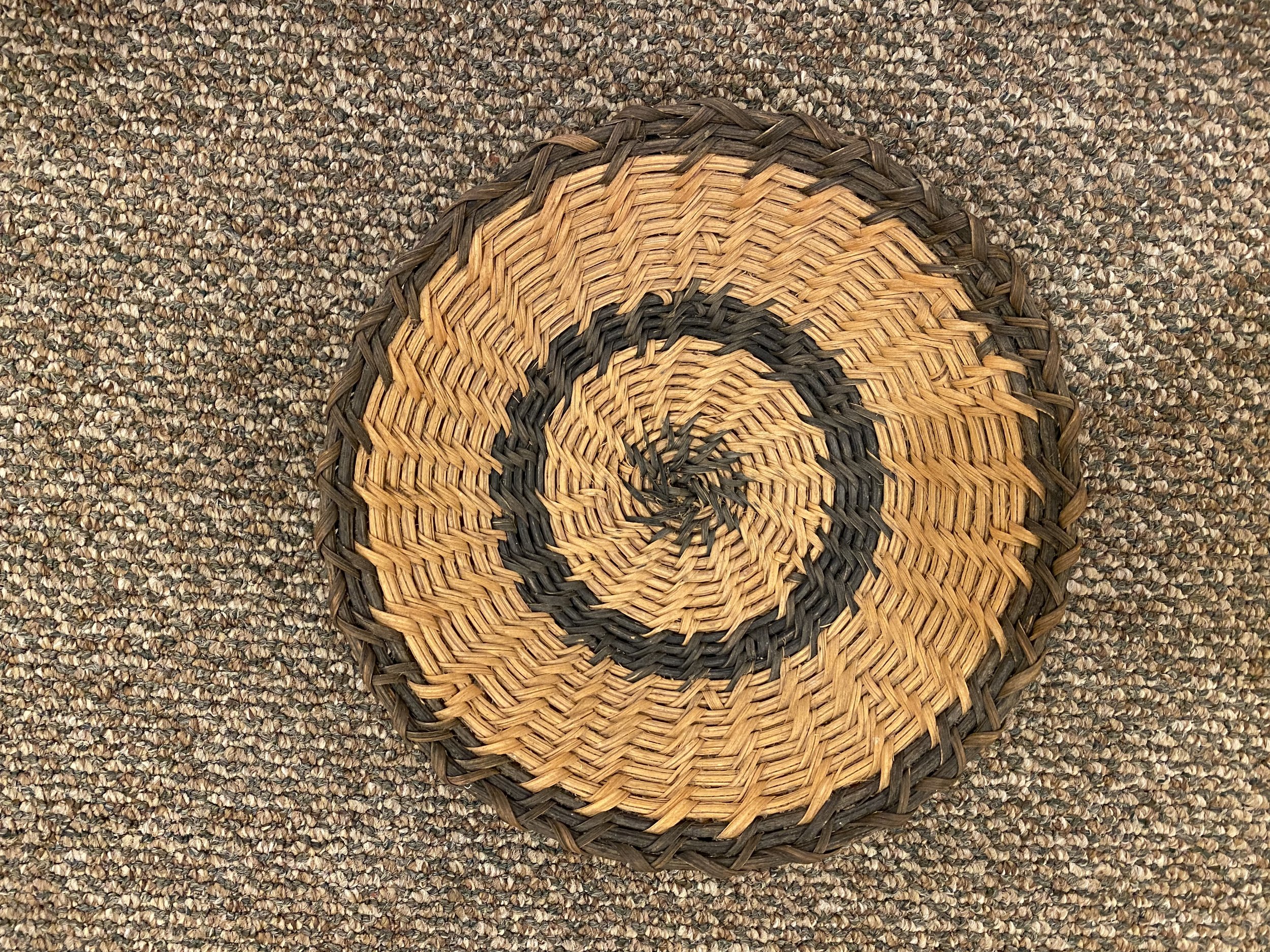
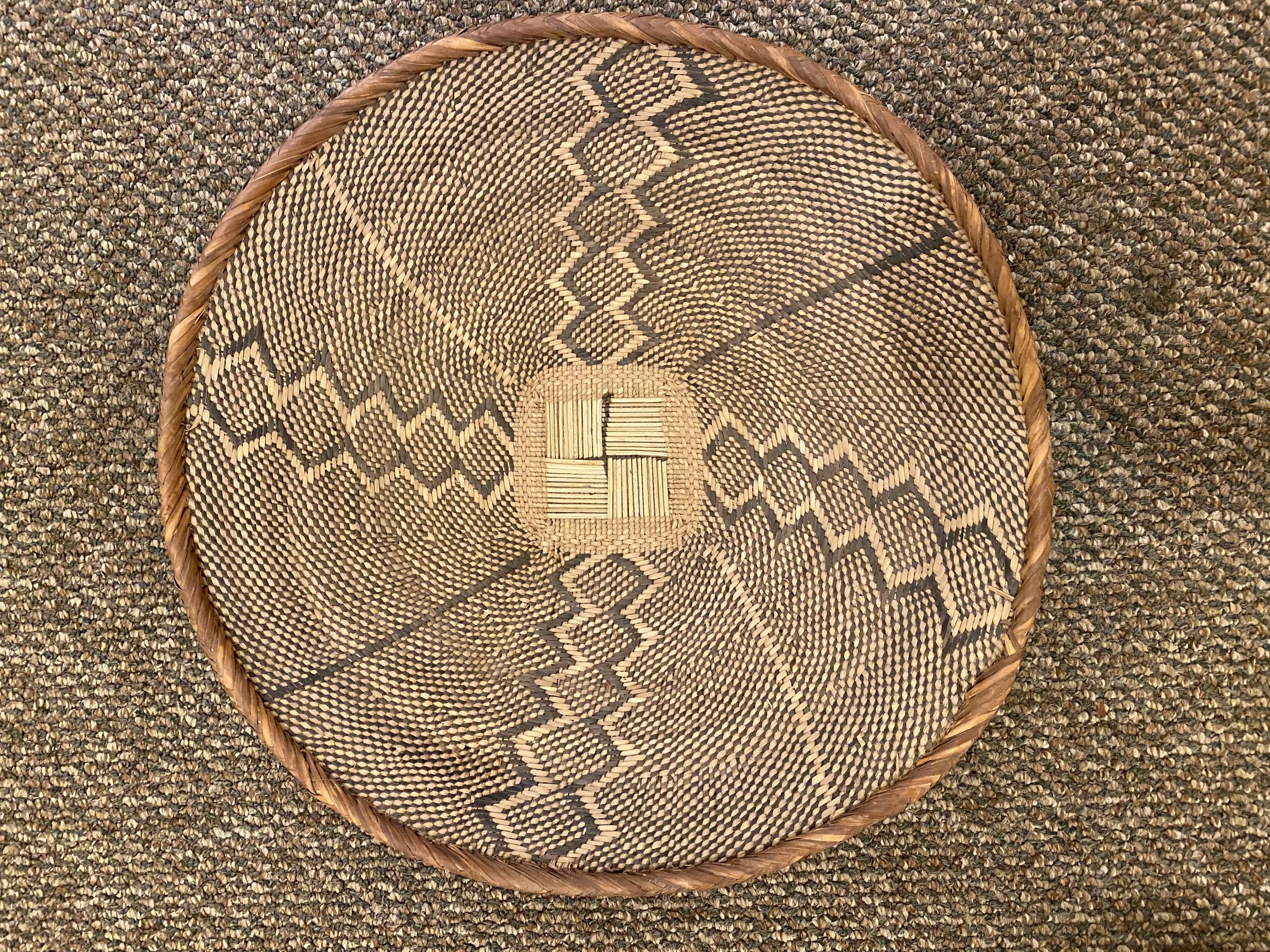
Dolls of Color
Summer and Fall 2016
The Black doll collection of regional heritage specialist and doll collector Joyce Stamps headlined this show and accompanied other historic and commercial Black dolls that are part of our general collection. Stamps is a past president of the Black Gold Doll Club of New England and is a past director for the Region 15 United Federation of Doll Clubs. She is also the founder of the United Black Doll Collectors, an online club. She belongs to the African American Historical and Genealogical Society of New England, the Boston Coalition of Black Women, the Robert Tonner Doll Club, and Effanbee Doll Club.
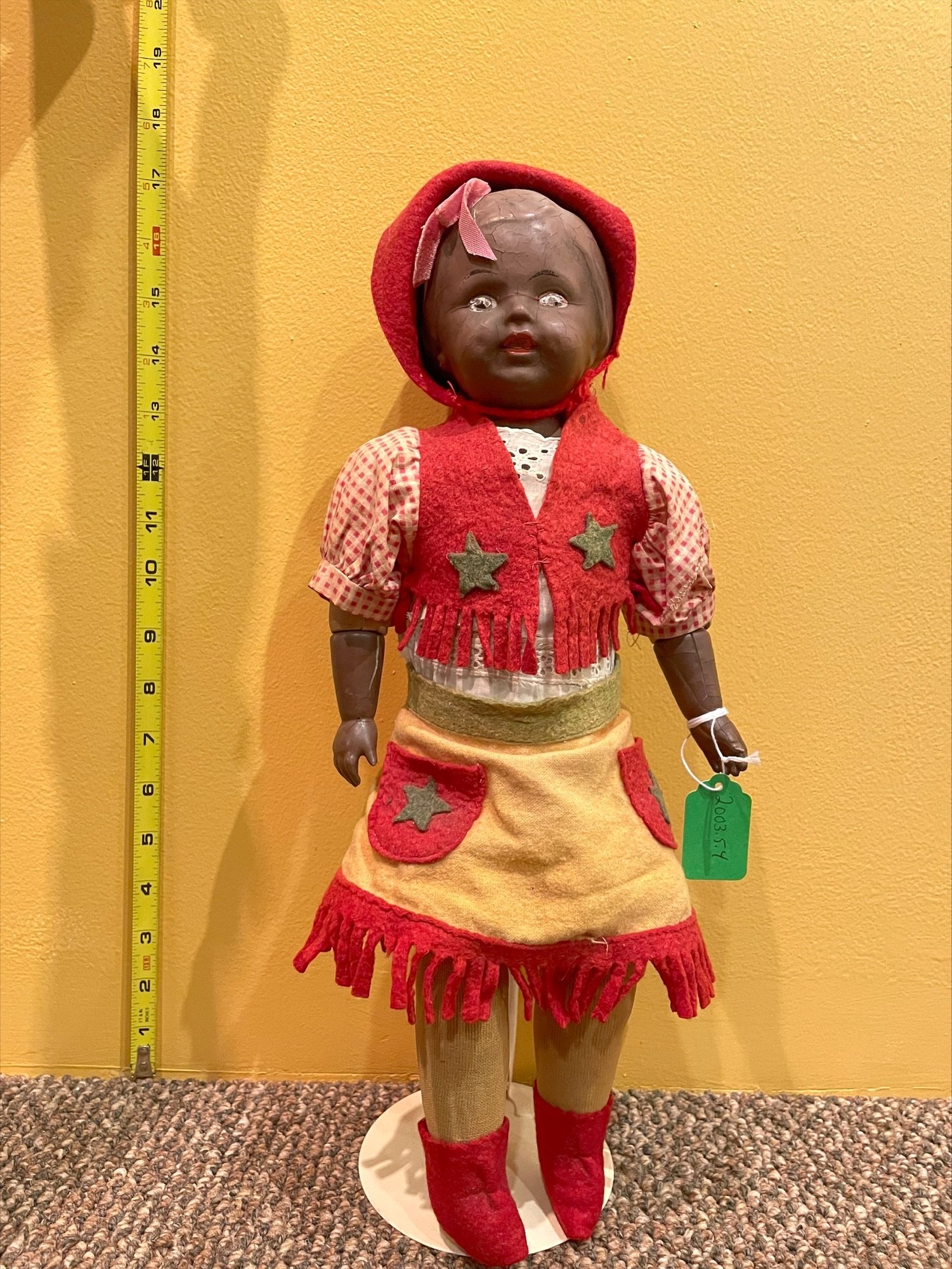
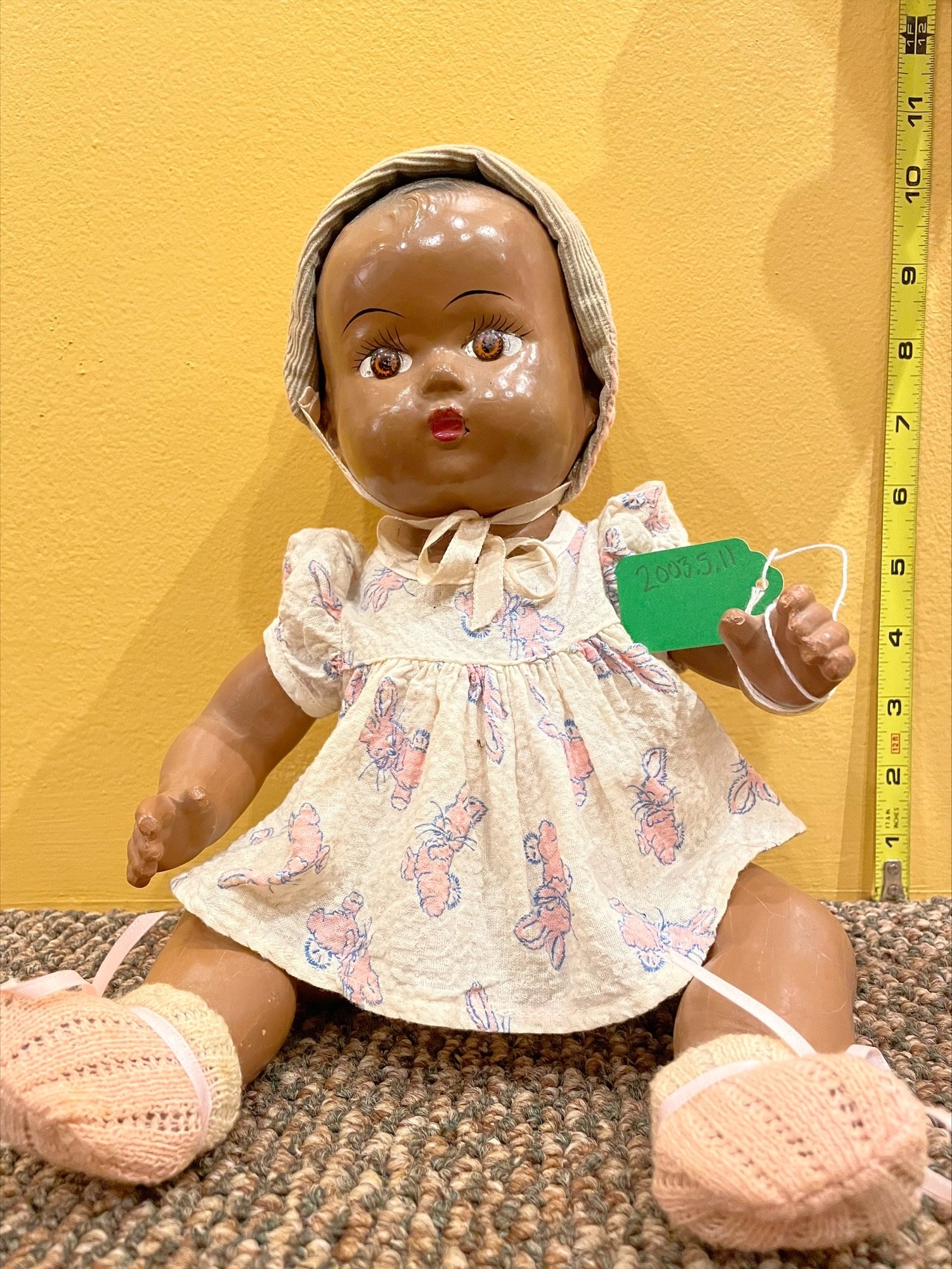
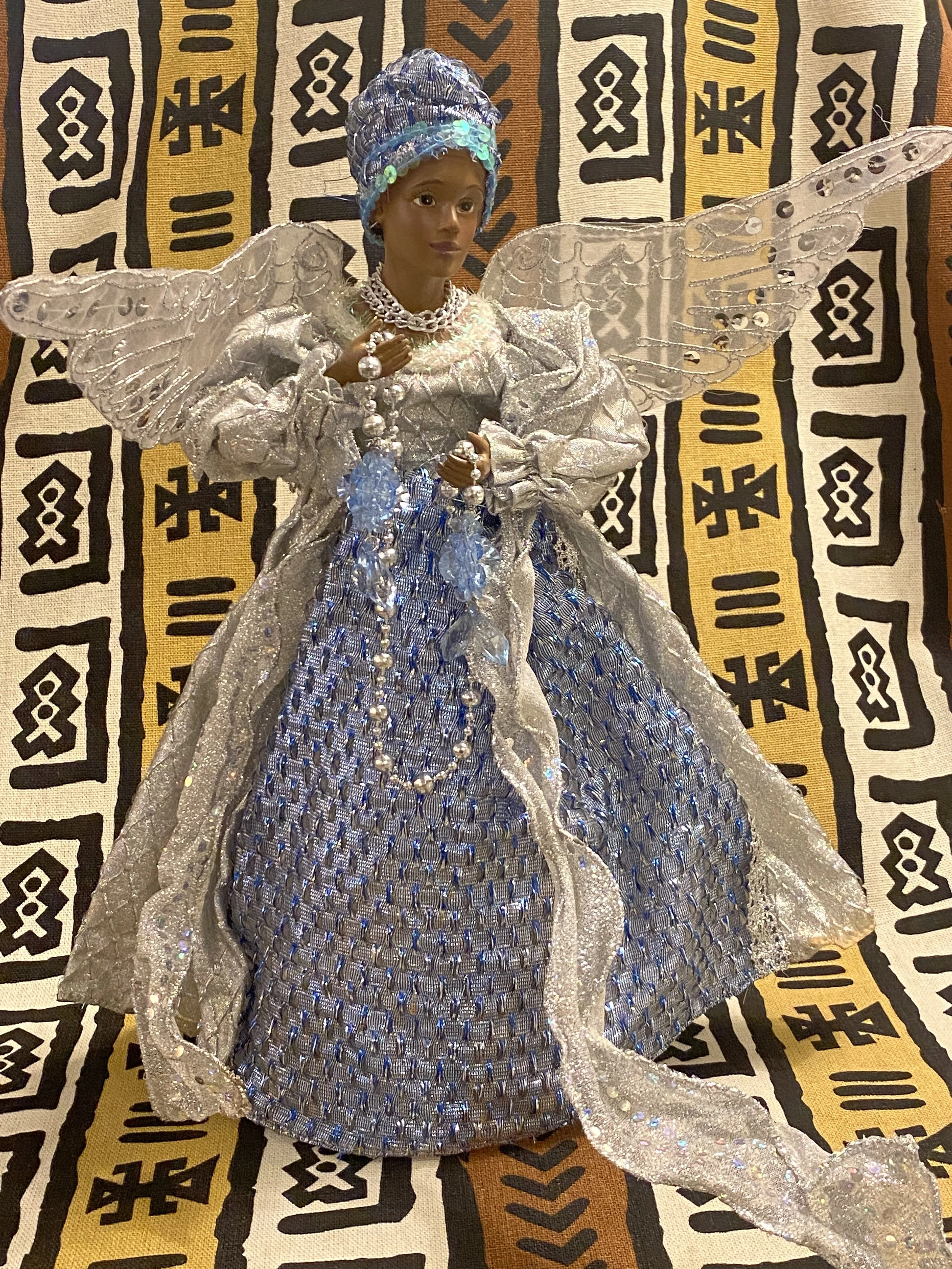

Africa is Not a Country
Fall 2012
Over 80 juried photographs from 25 different African countries comprised this outstanding collection of work. The 27 photographers selected to participate hailed from as far away as Senegal, South Africa and England, across the United States, and, of course, from New Hampshire. Landscape scenes, images of people, and shots of wildlife capture the enticing diversity of this fabulous continent. Proceeds supported the development of documentation of the history and recovery process of the then-newly discovered African Burying Ground nearby in Portsmouth. It was graciously sponsored by several area business and individuals.
Quilts: The Underground Railroad Connection
Fall 2002
“Quilts,” our first exhibition running from October 6 to November 19, 2002, was composed of Portsmouth-area community members’ quilts led off with a lecture by Dr. Gloria F. Bowens, a retired professor from Salem State University. Her talk was on the significance of the secret codes embedded into the quilts made by African Americans that would help people who escaped their enslavement to find their way to freedom through the Underground Railroad. Her talk was based on the book Hidden in Plain View by Jacqueline L. Tobin and Raymond G. Dobard, PhD. In this book, Ozela Williams tells the authors the story as it has been passed down to her, of the meaning behind the quilt patterns. In 2019 SAACC founder Vernis Jackson reflected on this opening exhibit on the Artists of New England Podcast, “That day, the opening day of that program, 400 people showed up, and some with tears in their eyes. It was so emotional. I will never forget it. I will absolutely never forget that.”
(Text and research by Freddy Matthews and Cheryle Lawrence)
From L to R: Geraldine Copeland, Stanley Cross, Kelvin Edwards, Valerie Cunningham, Cheryle Lawrence, Glenn Payne, Geri Palmer, and William Thorpe.

